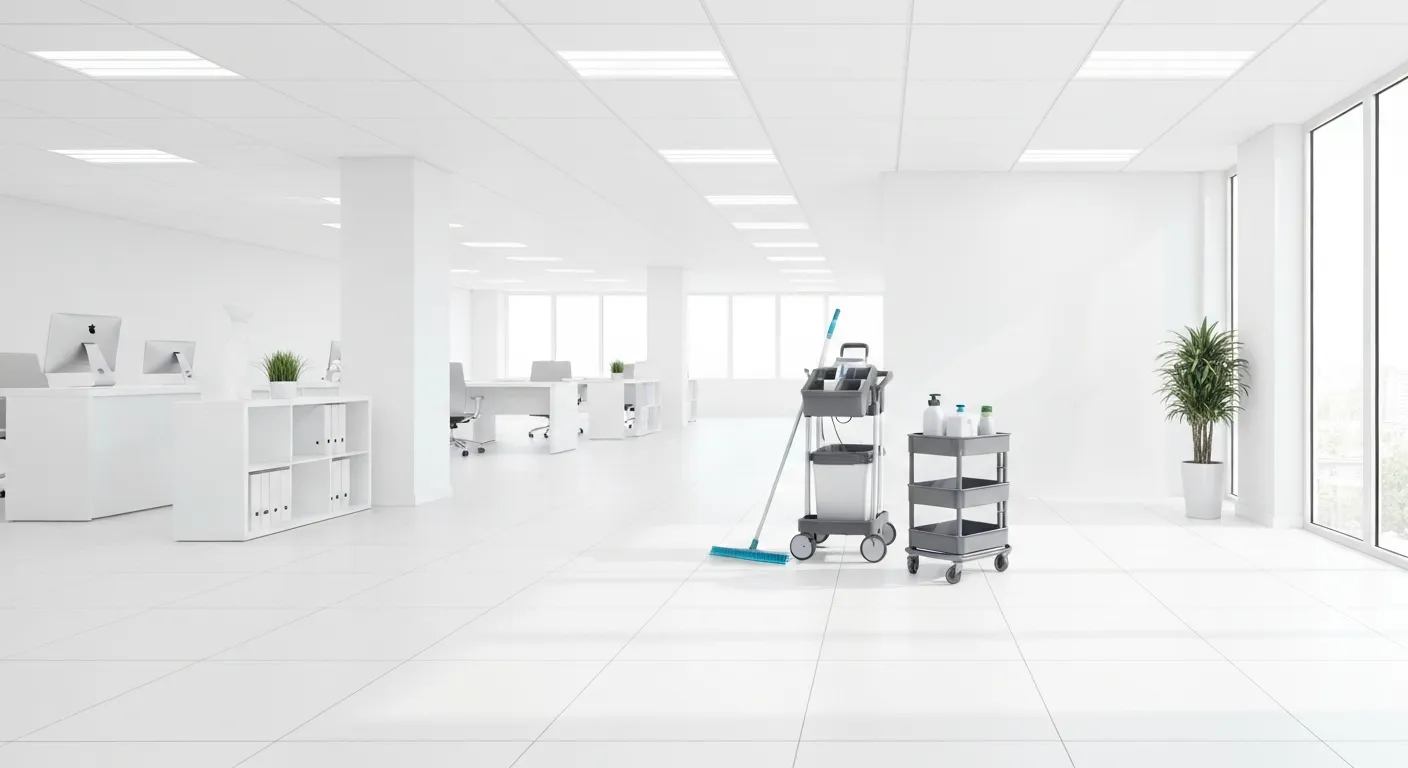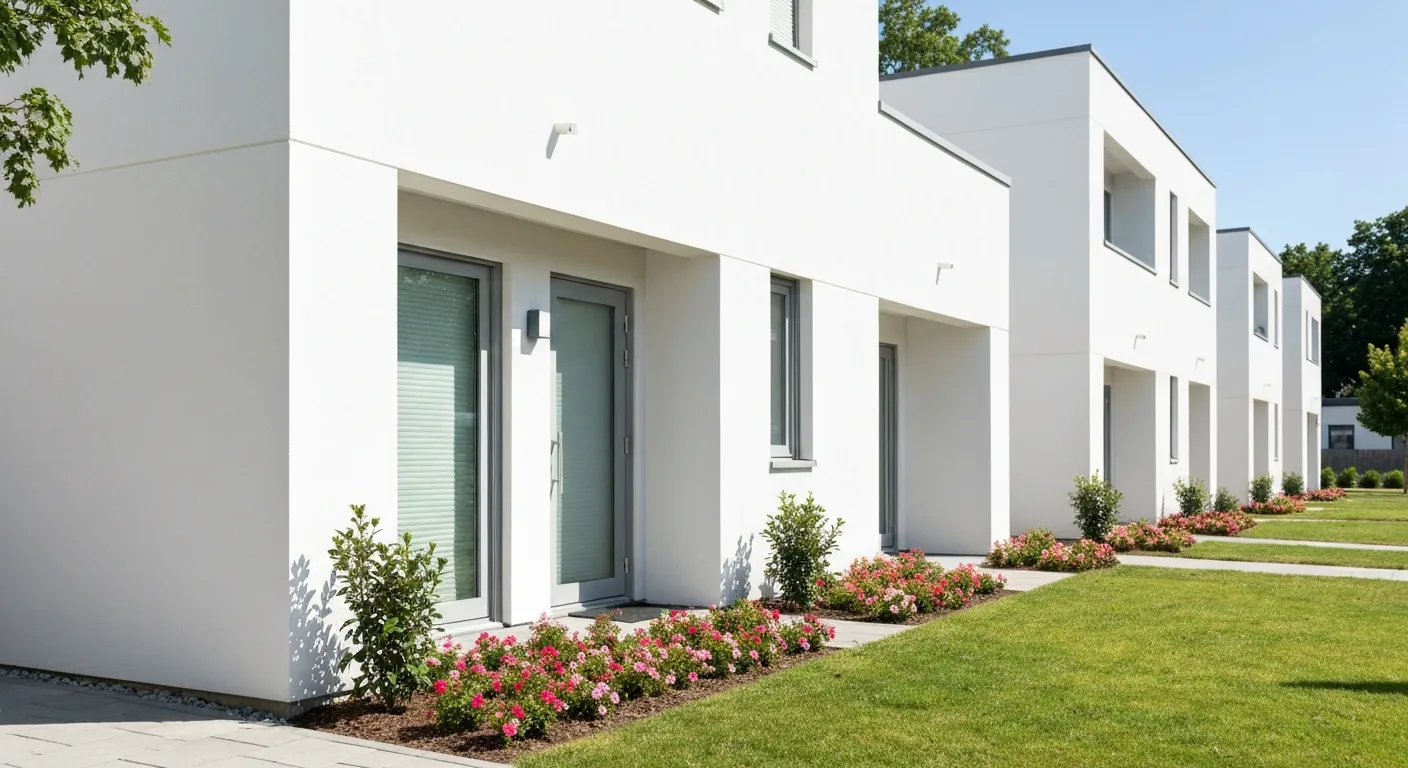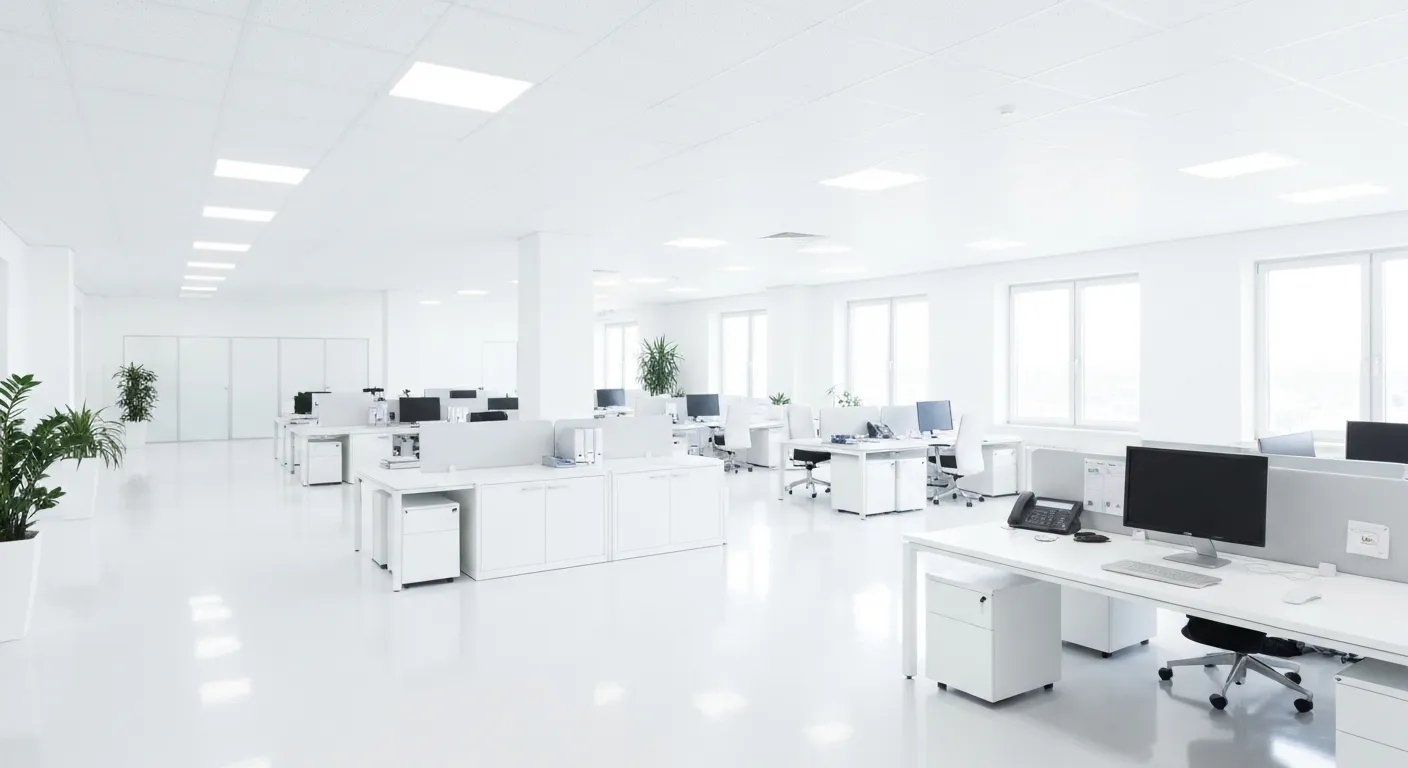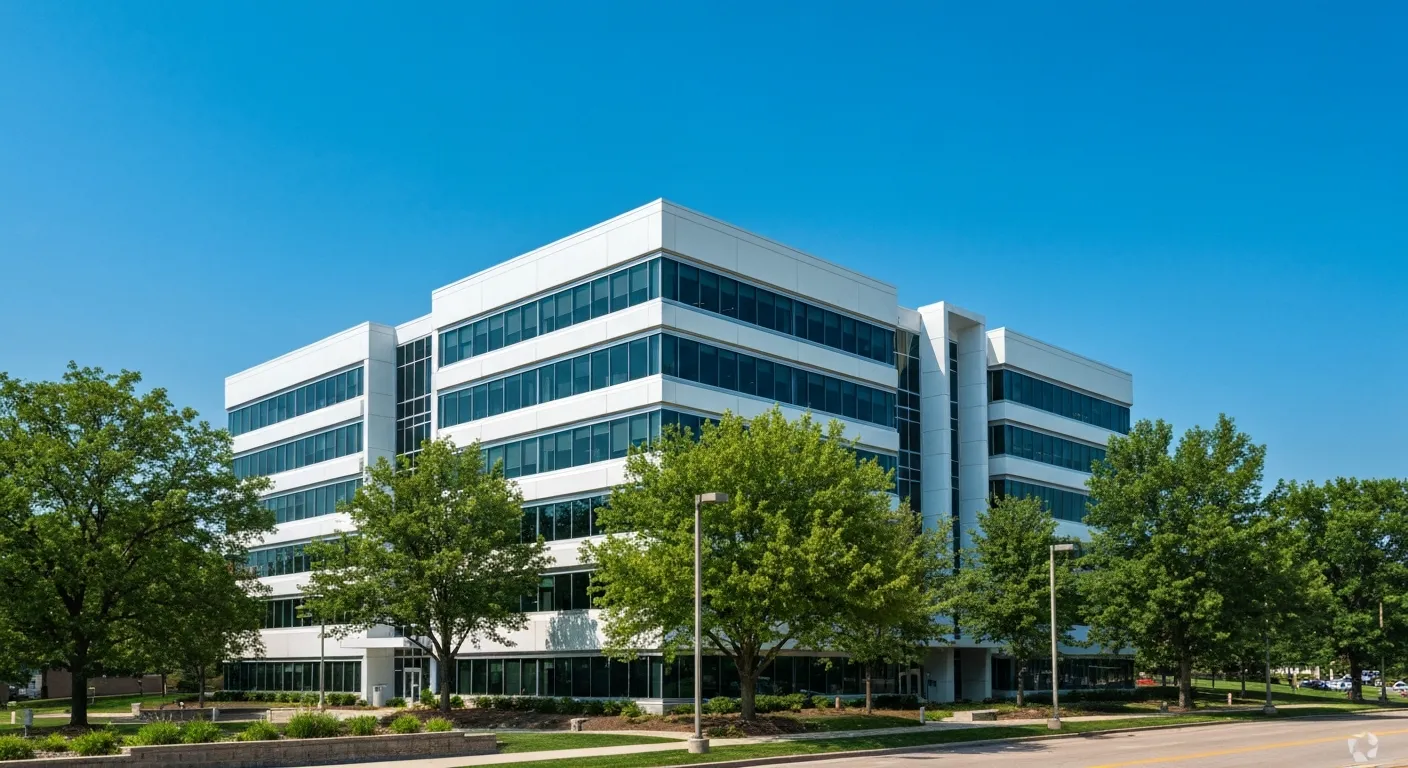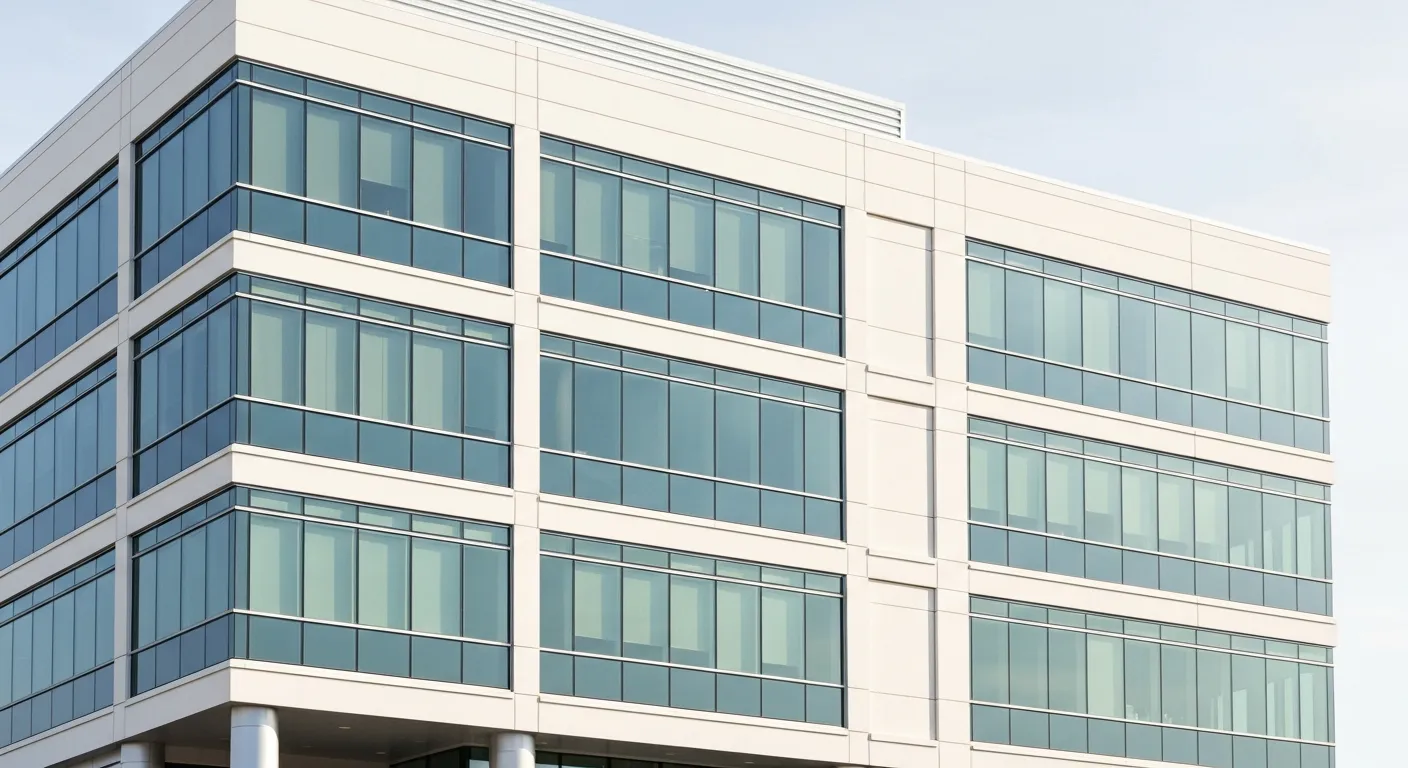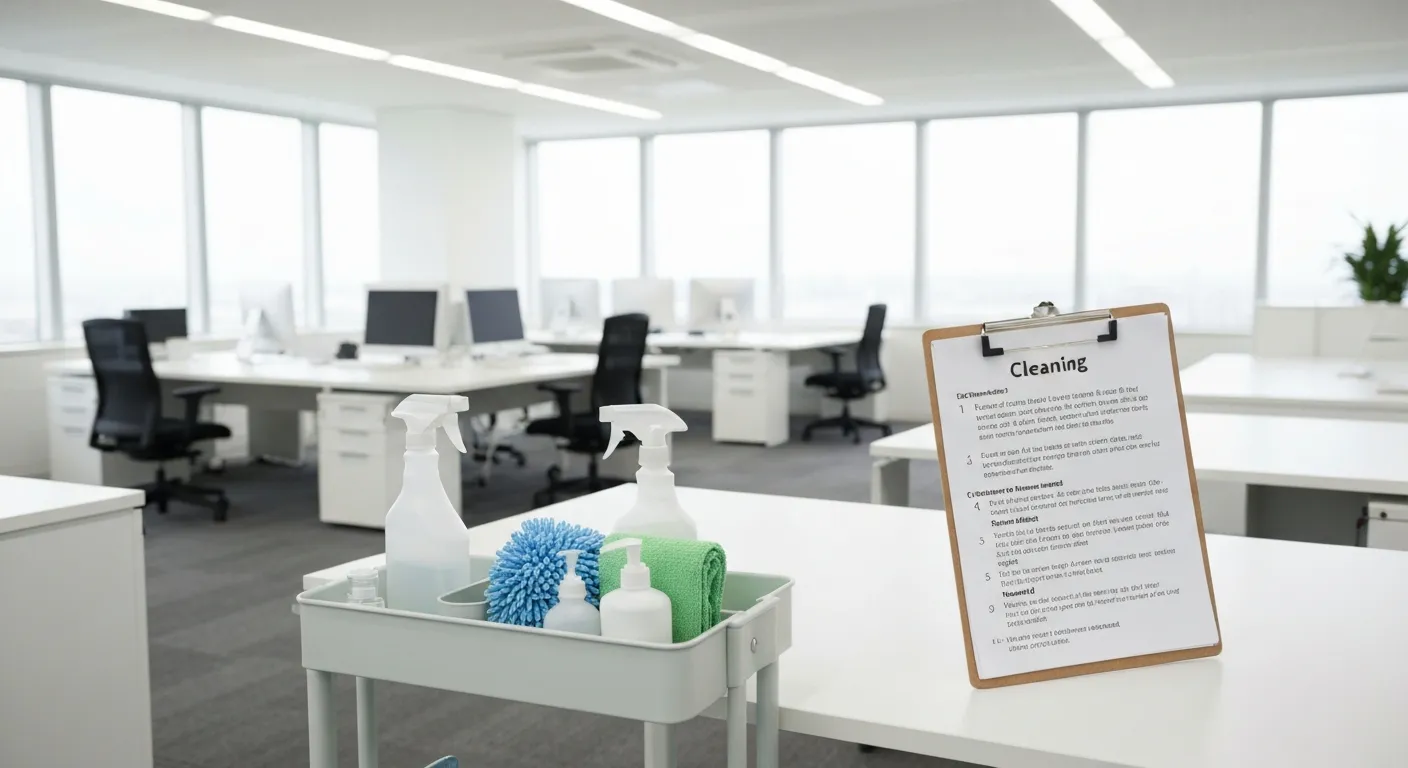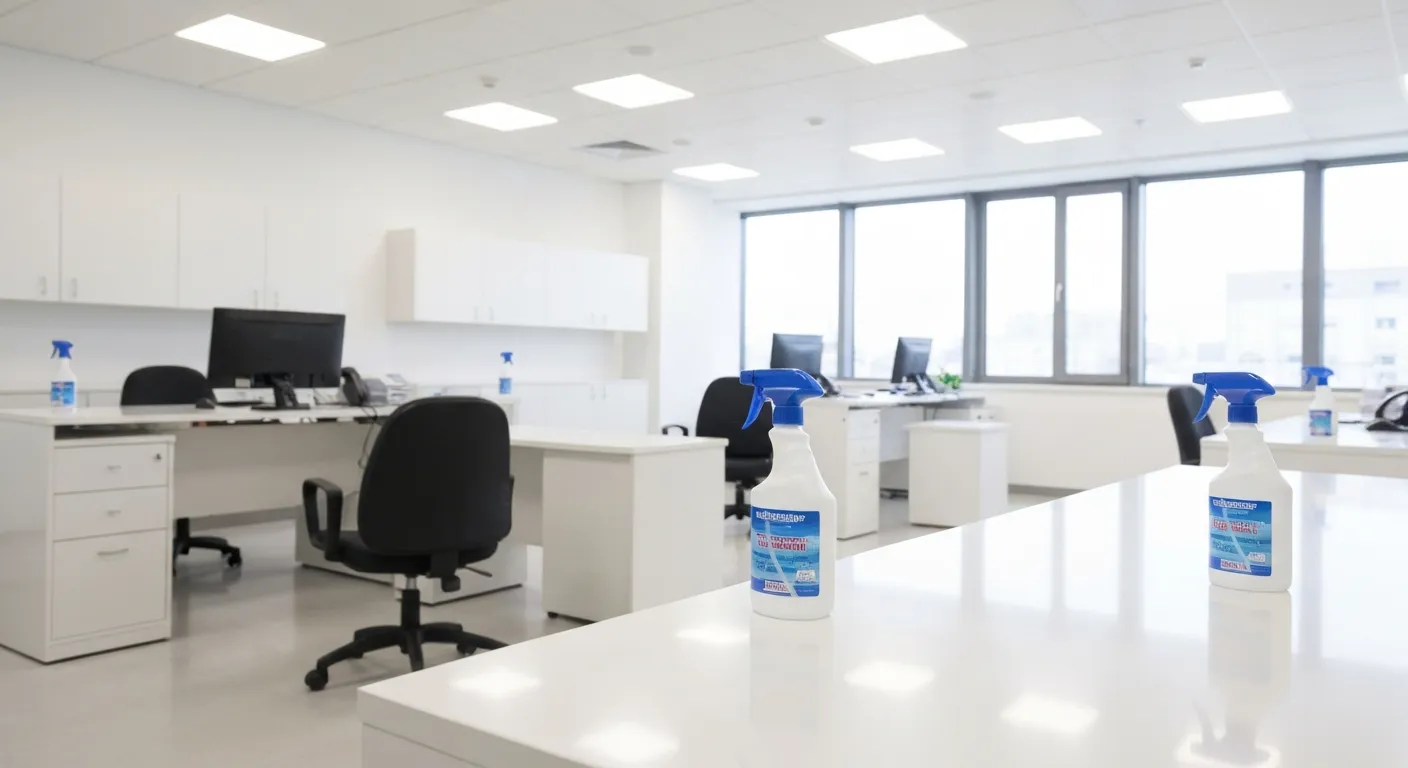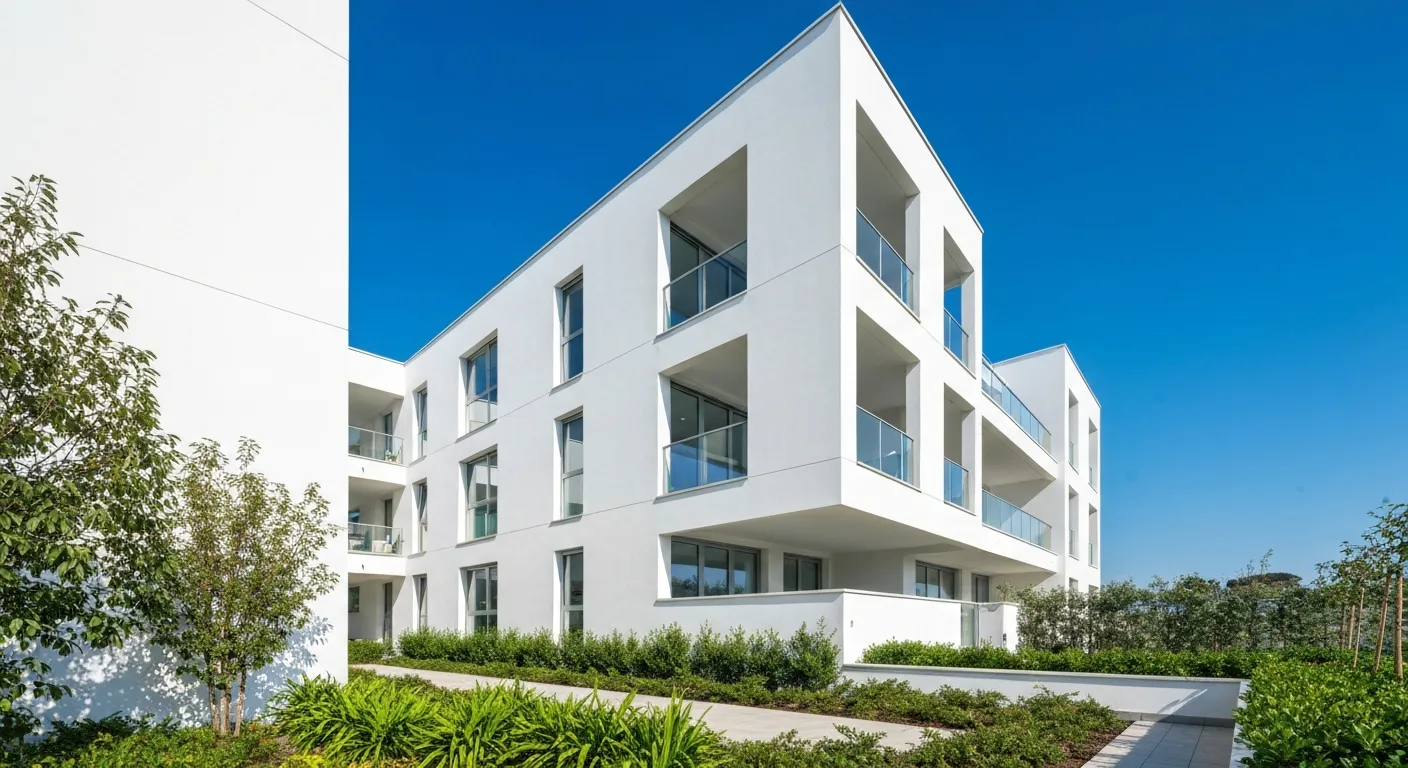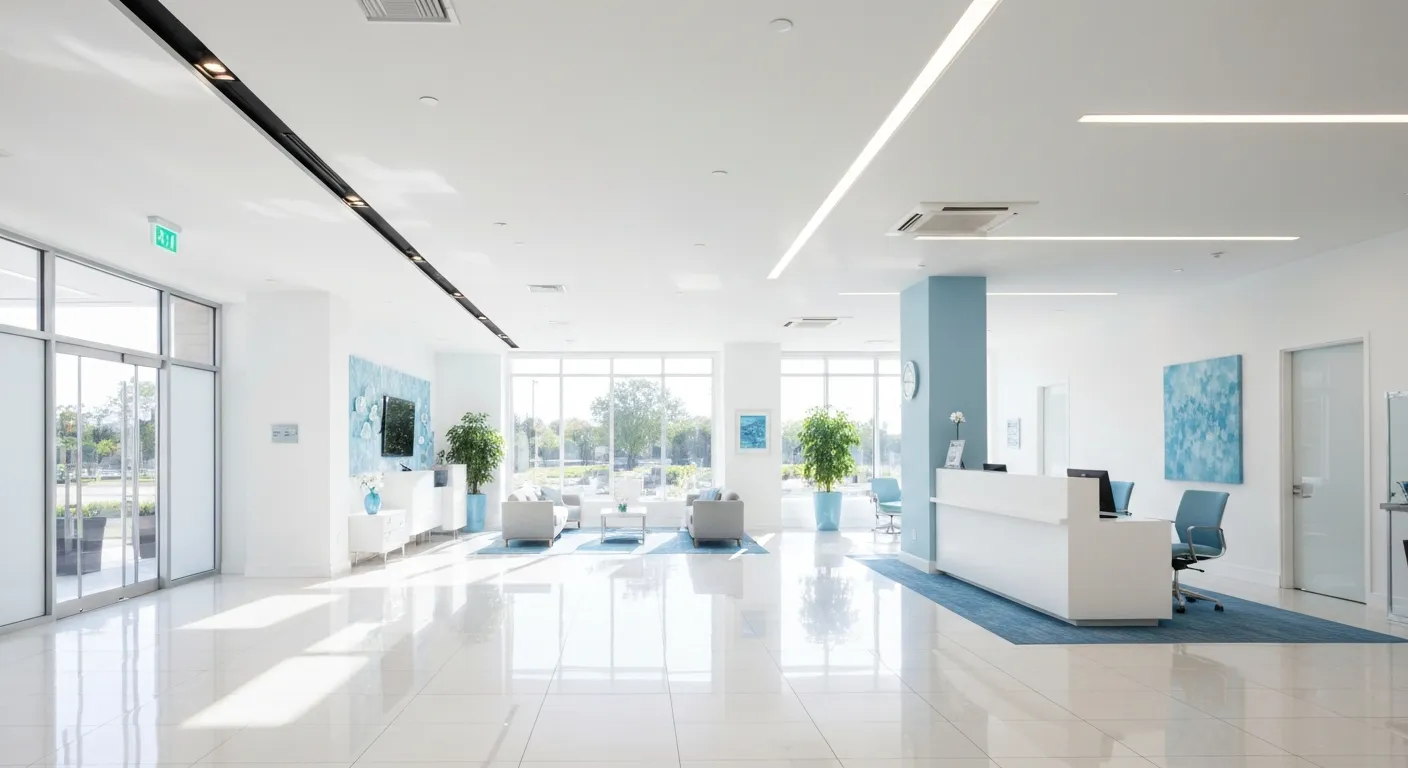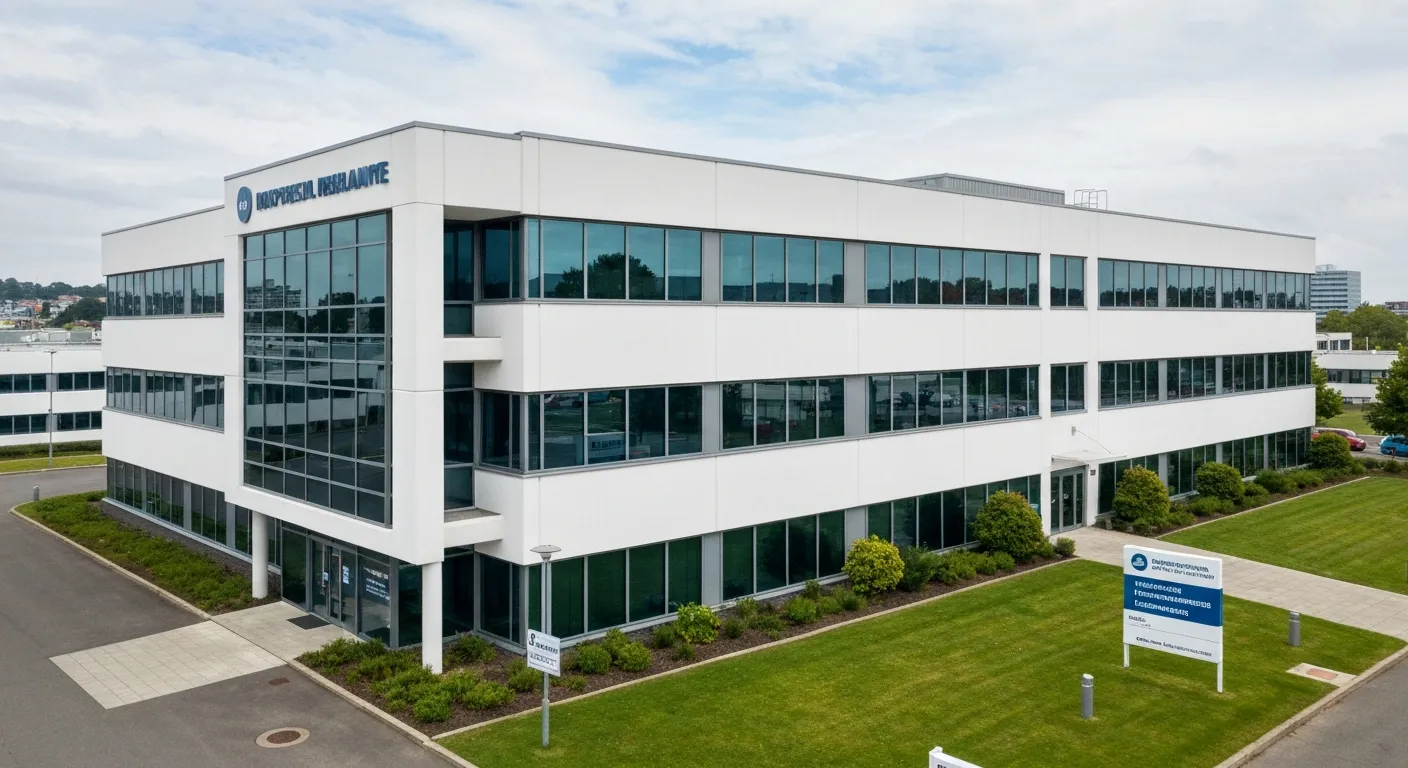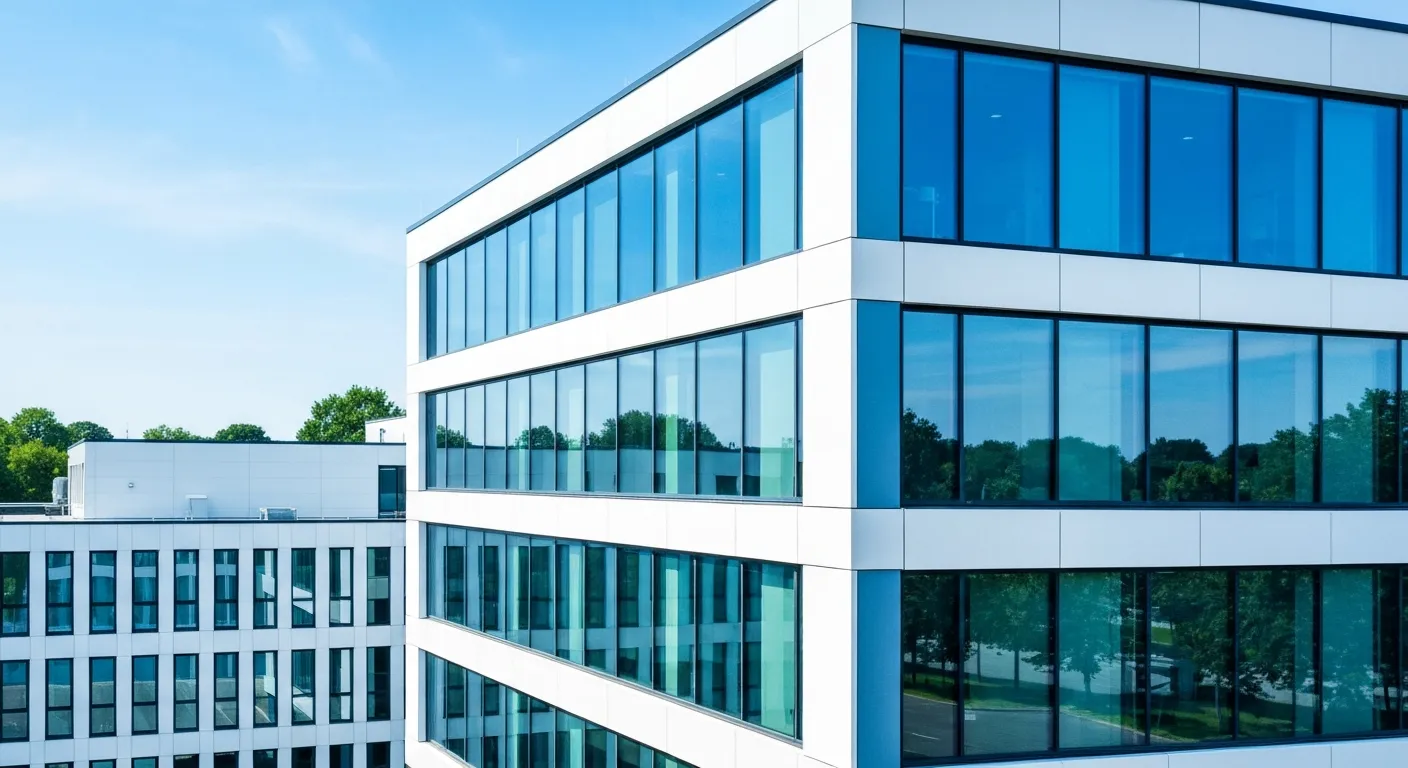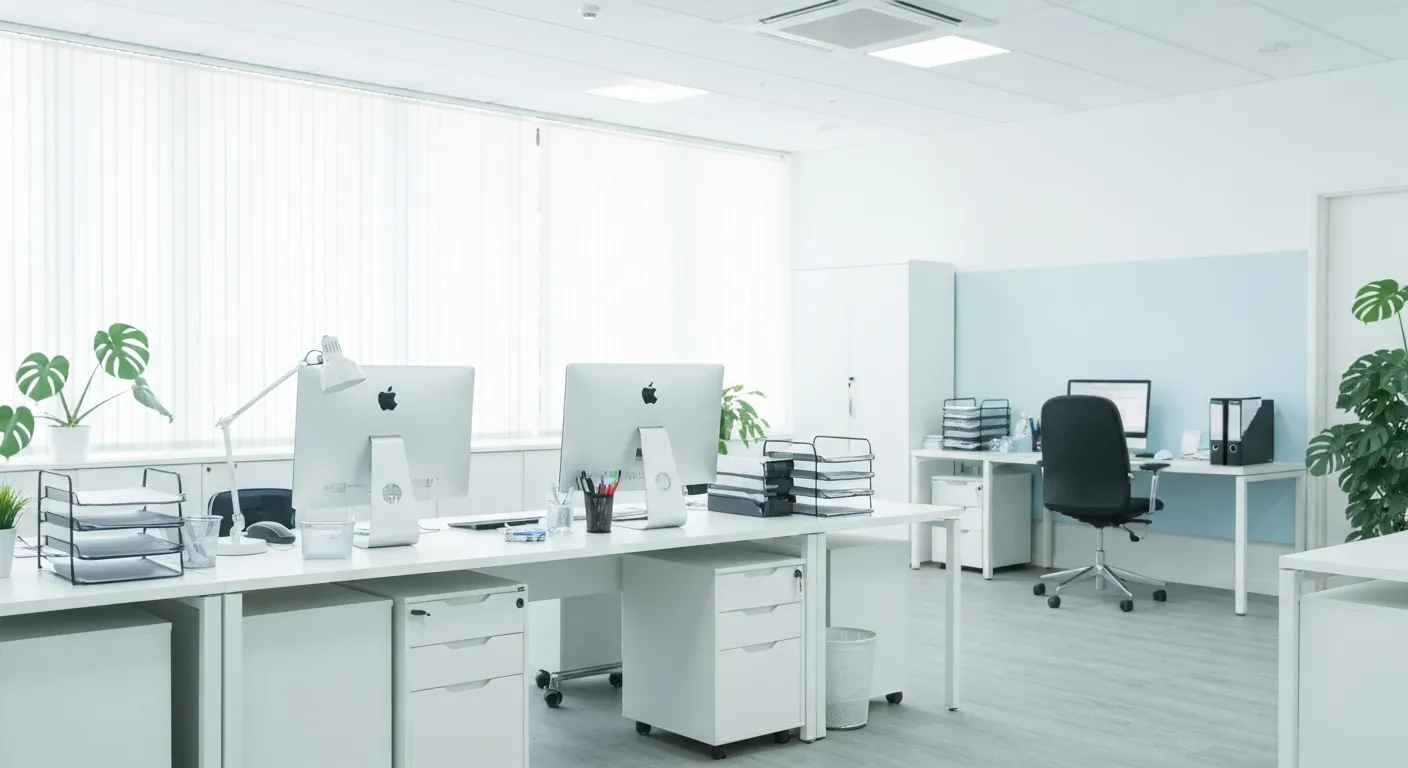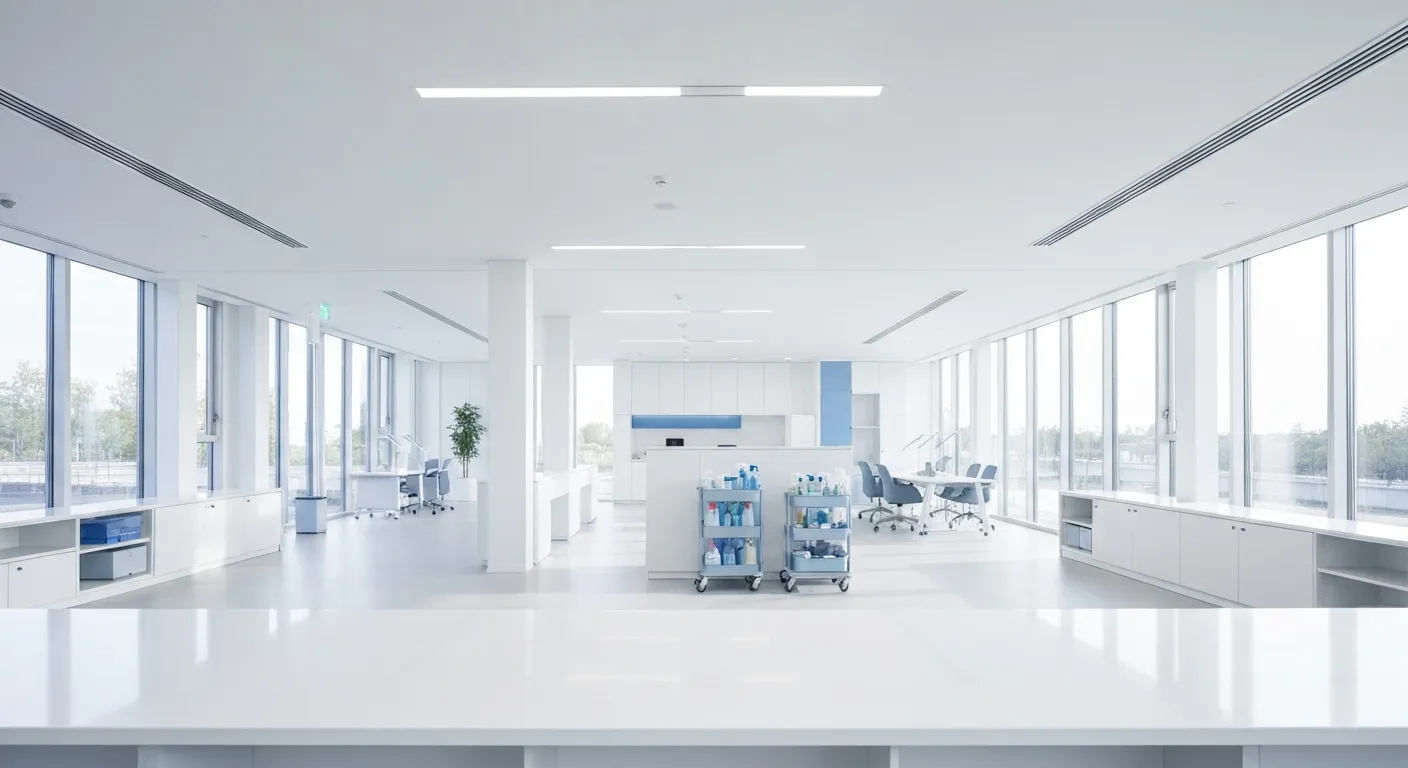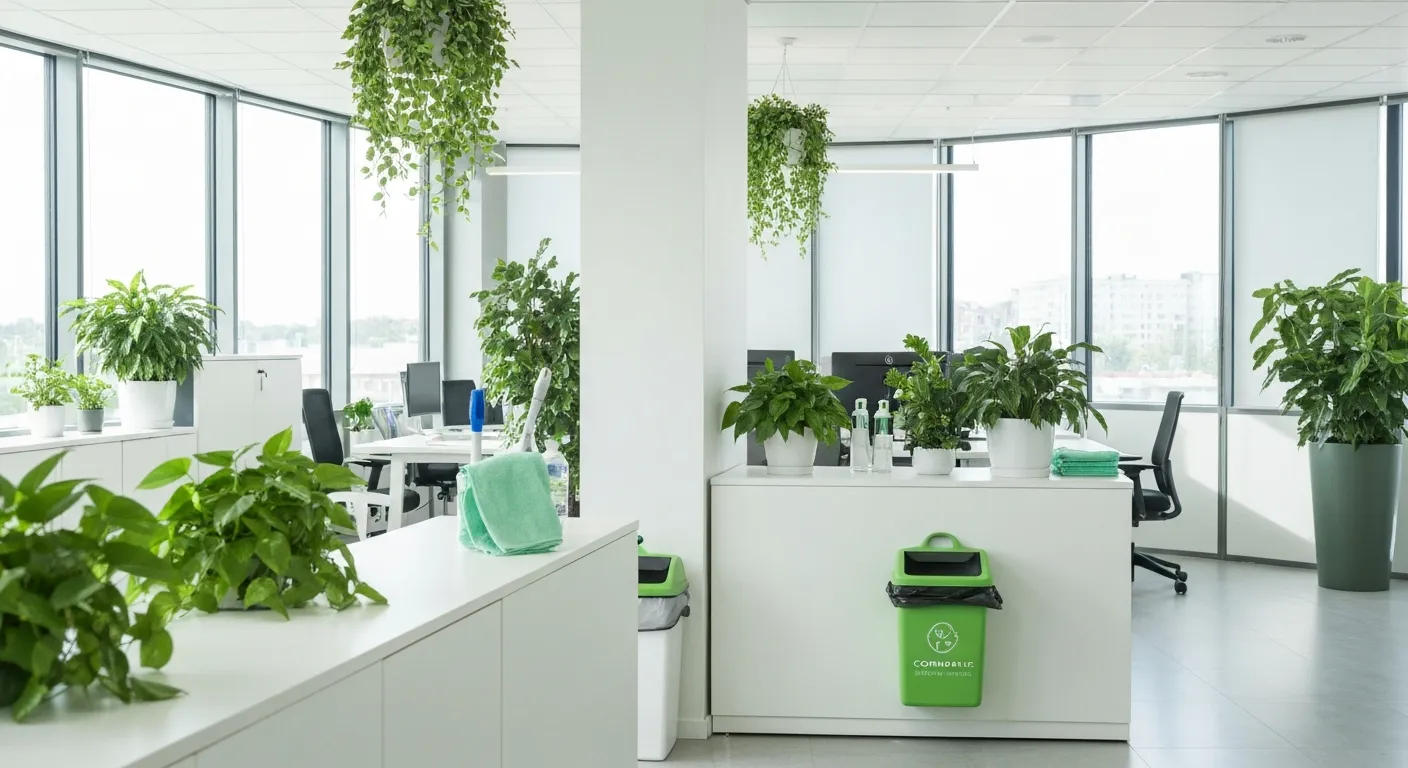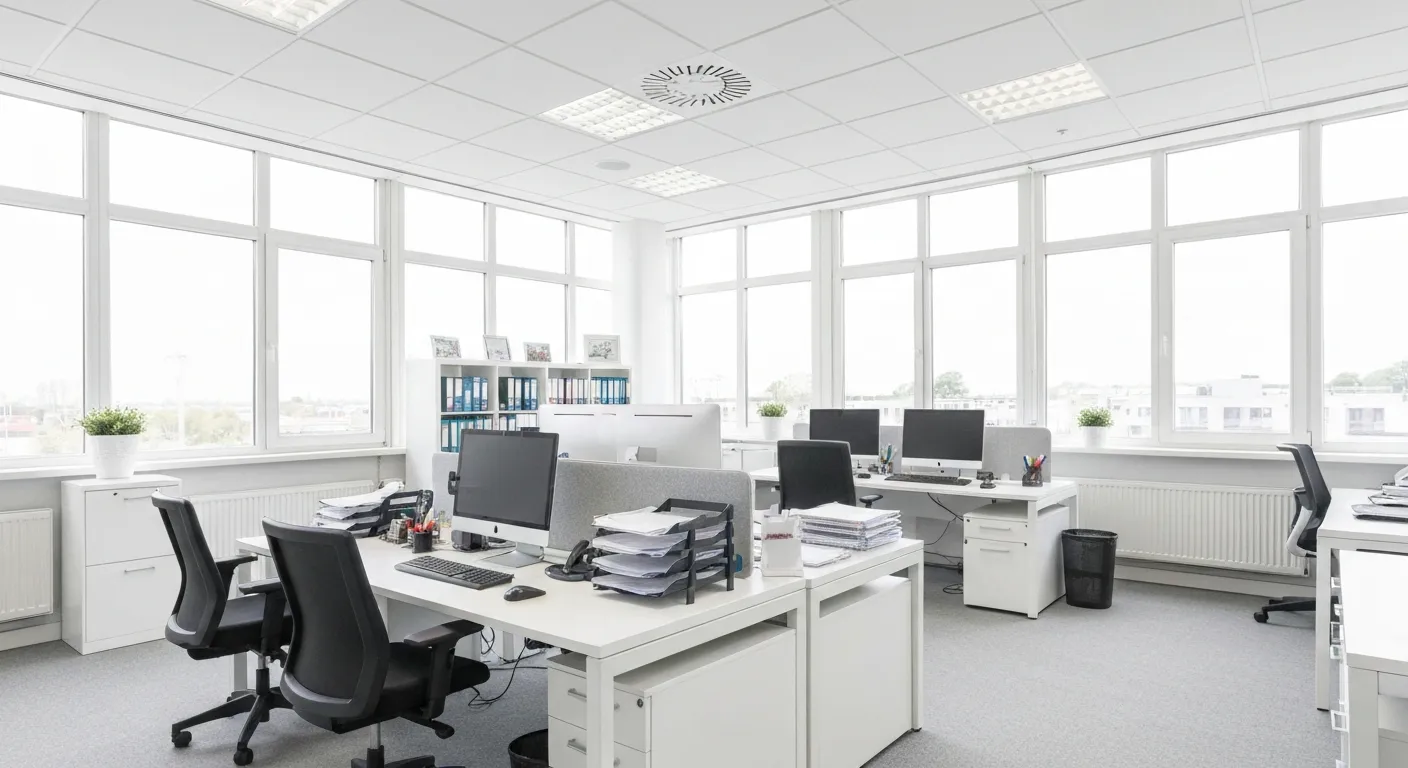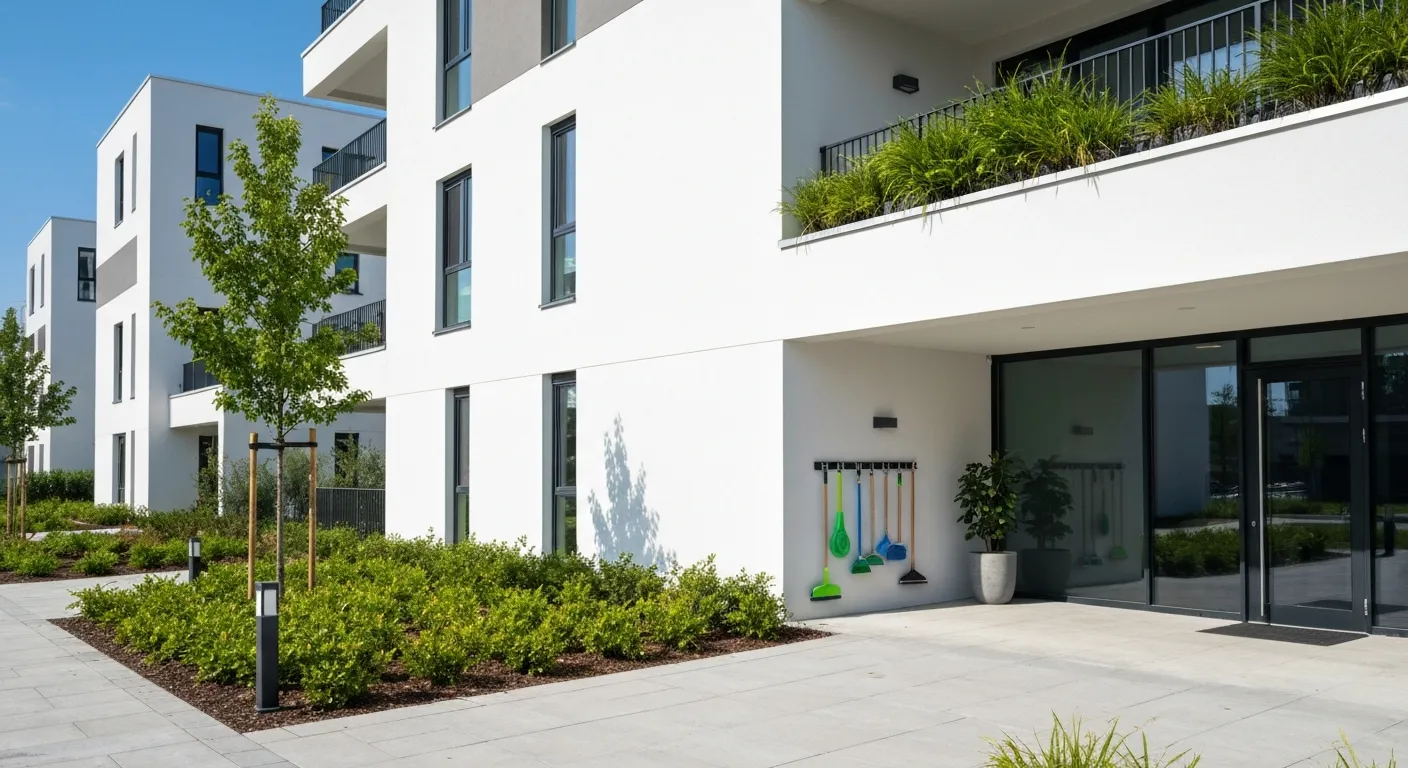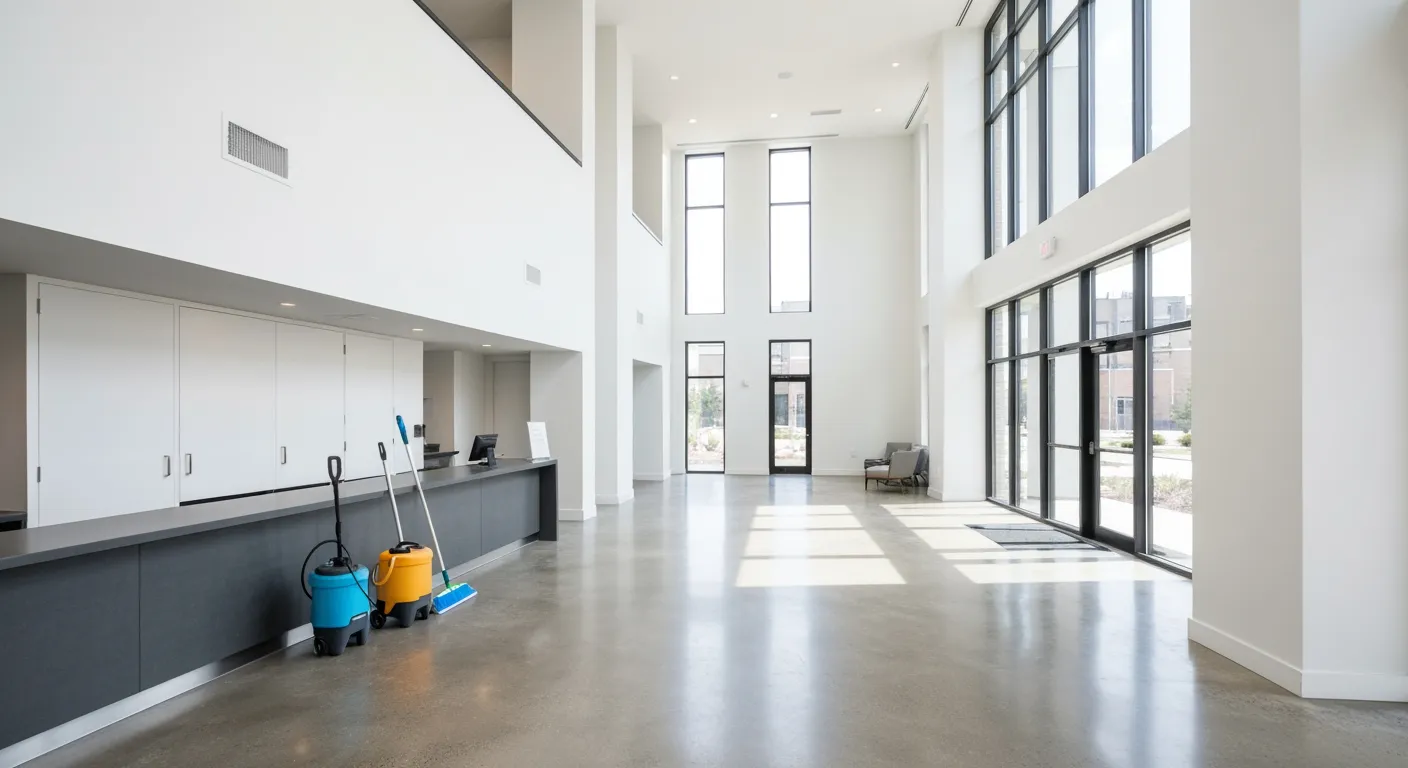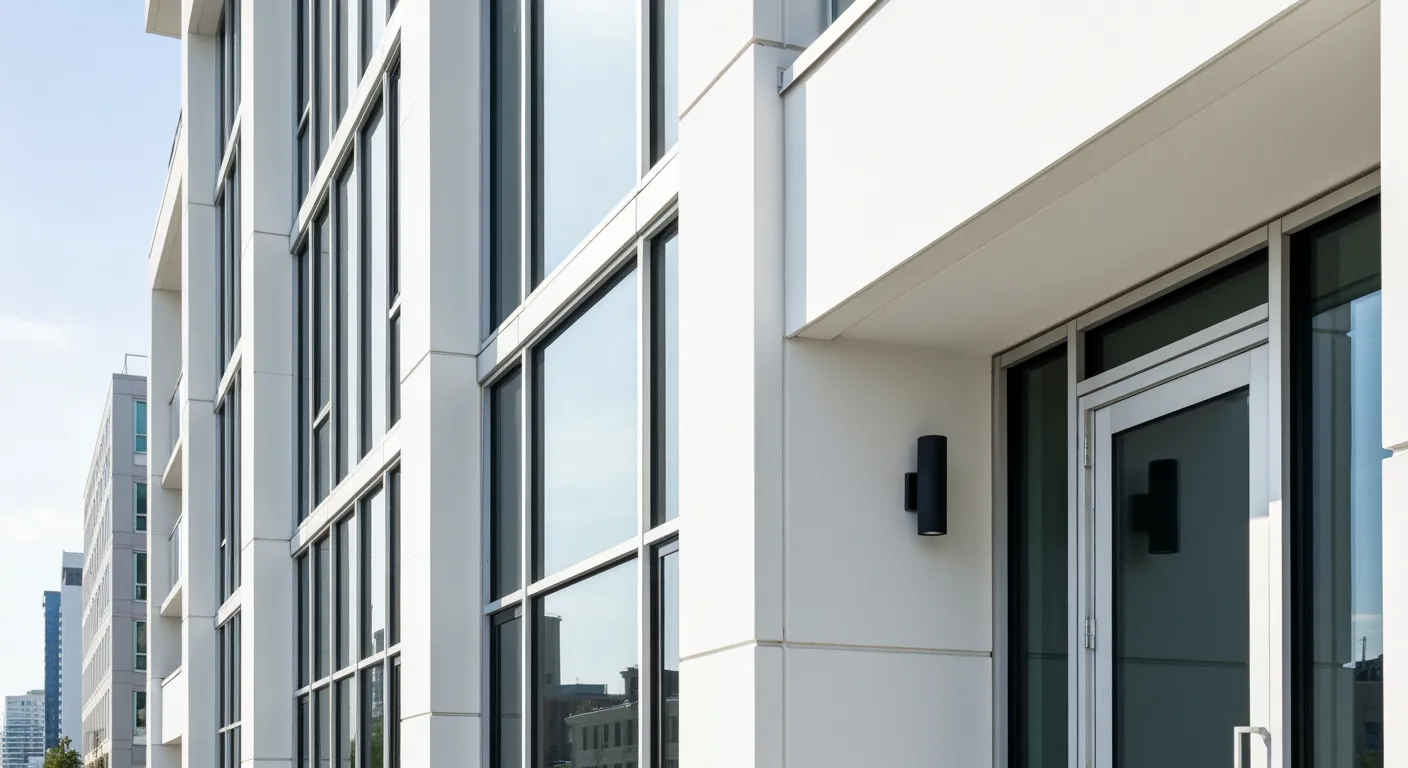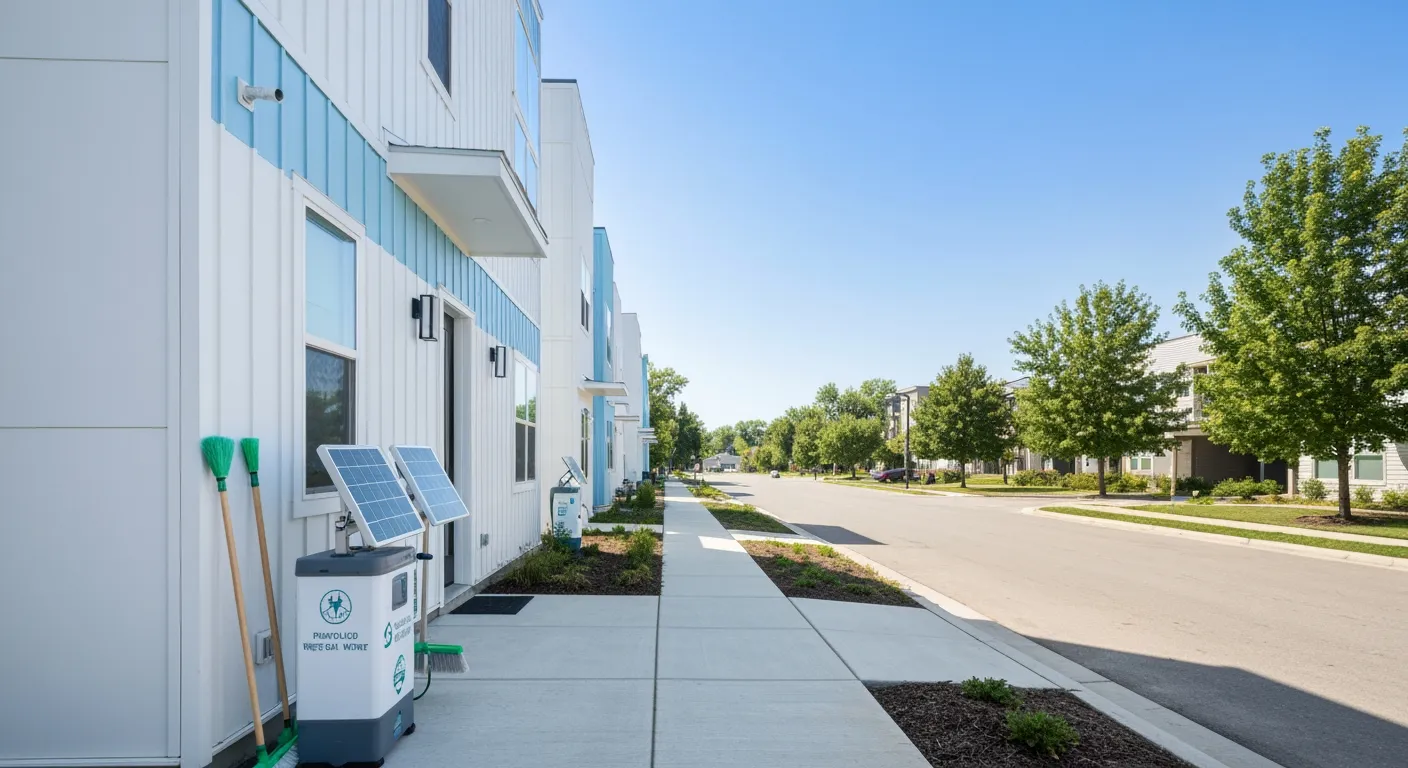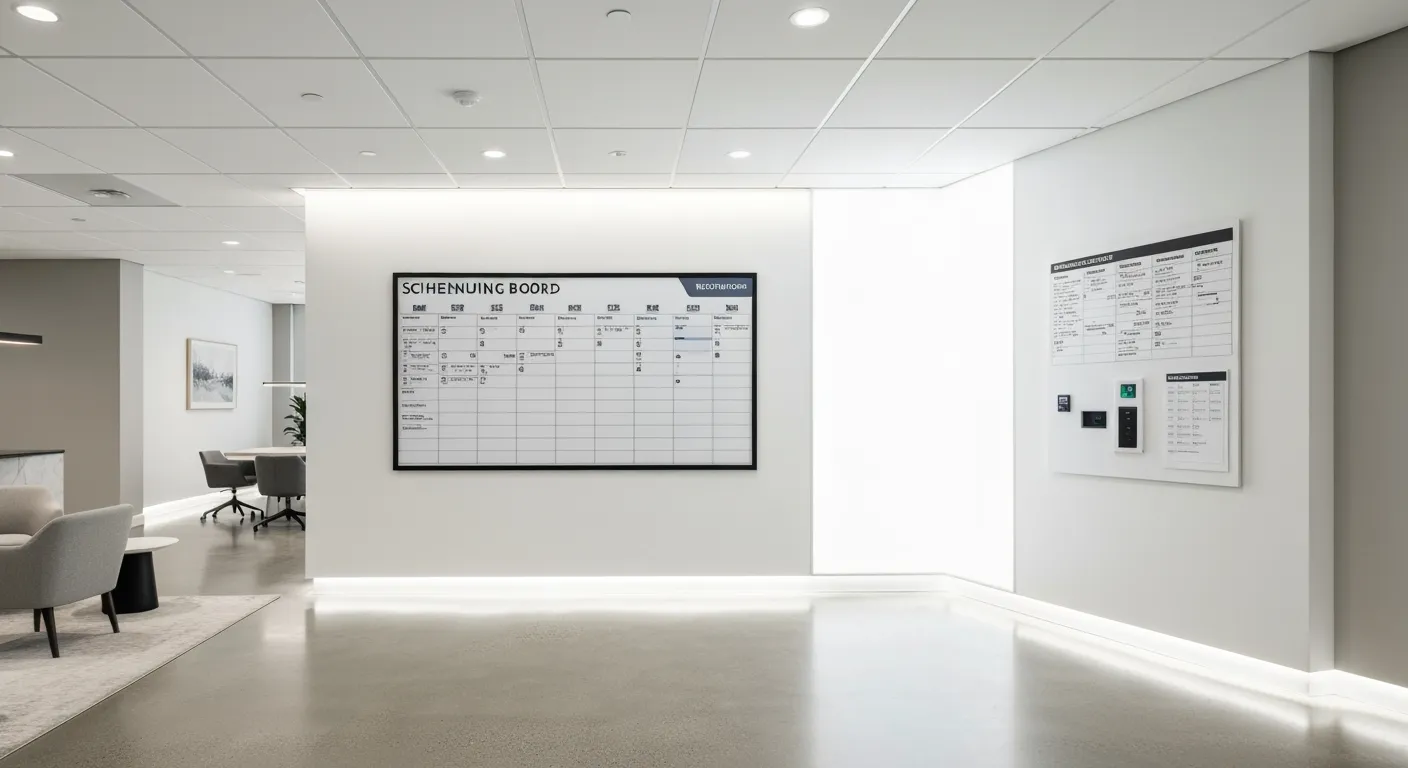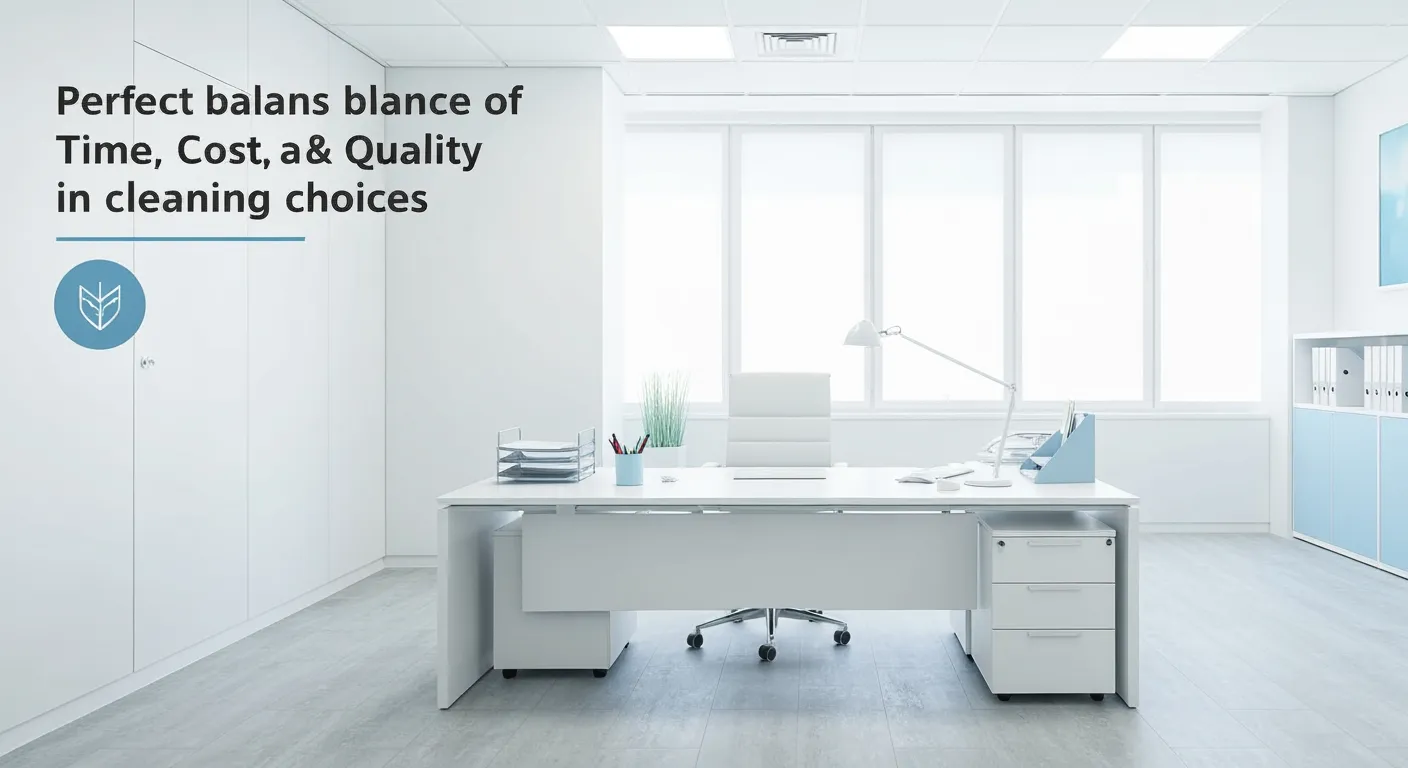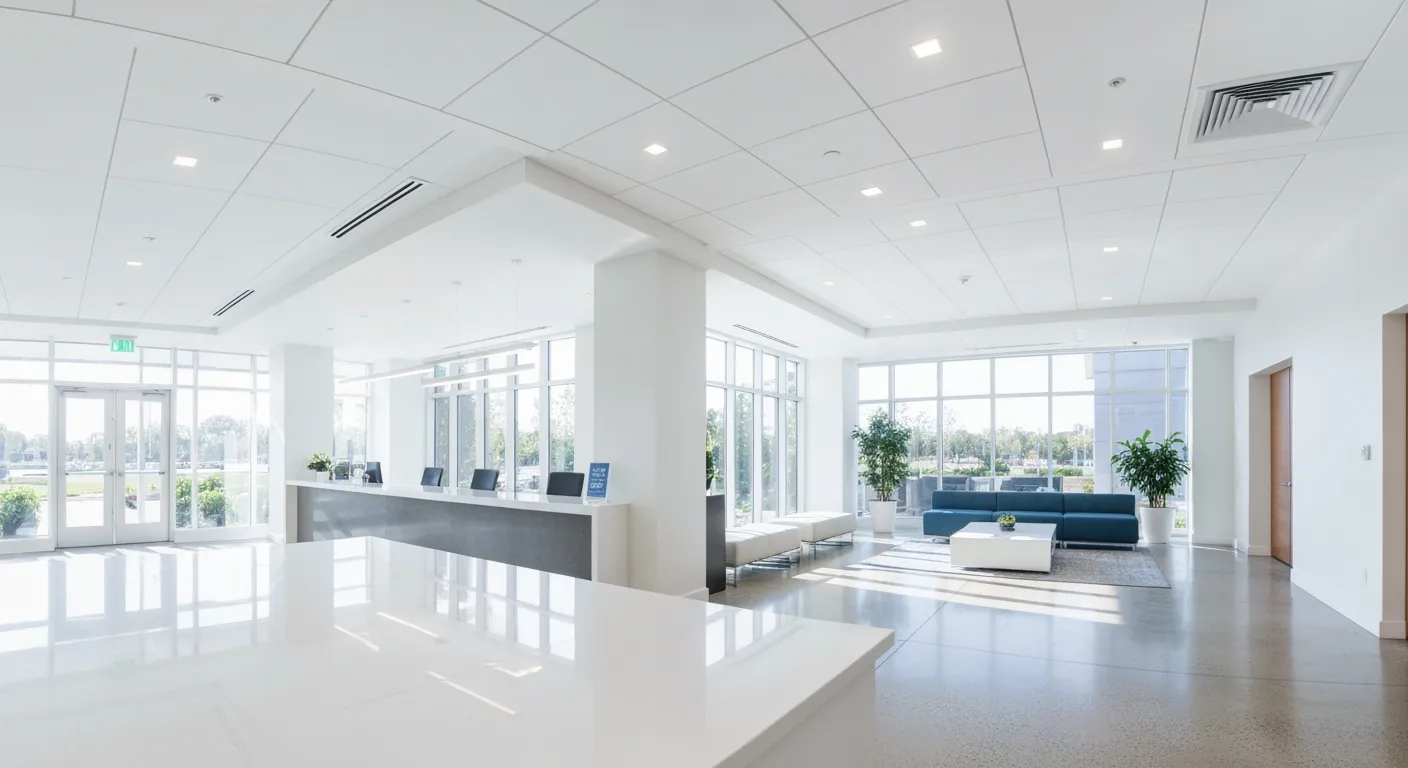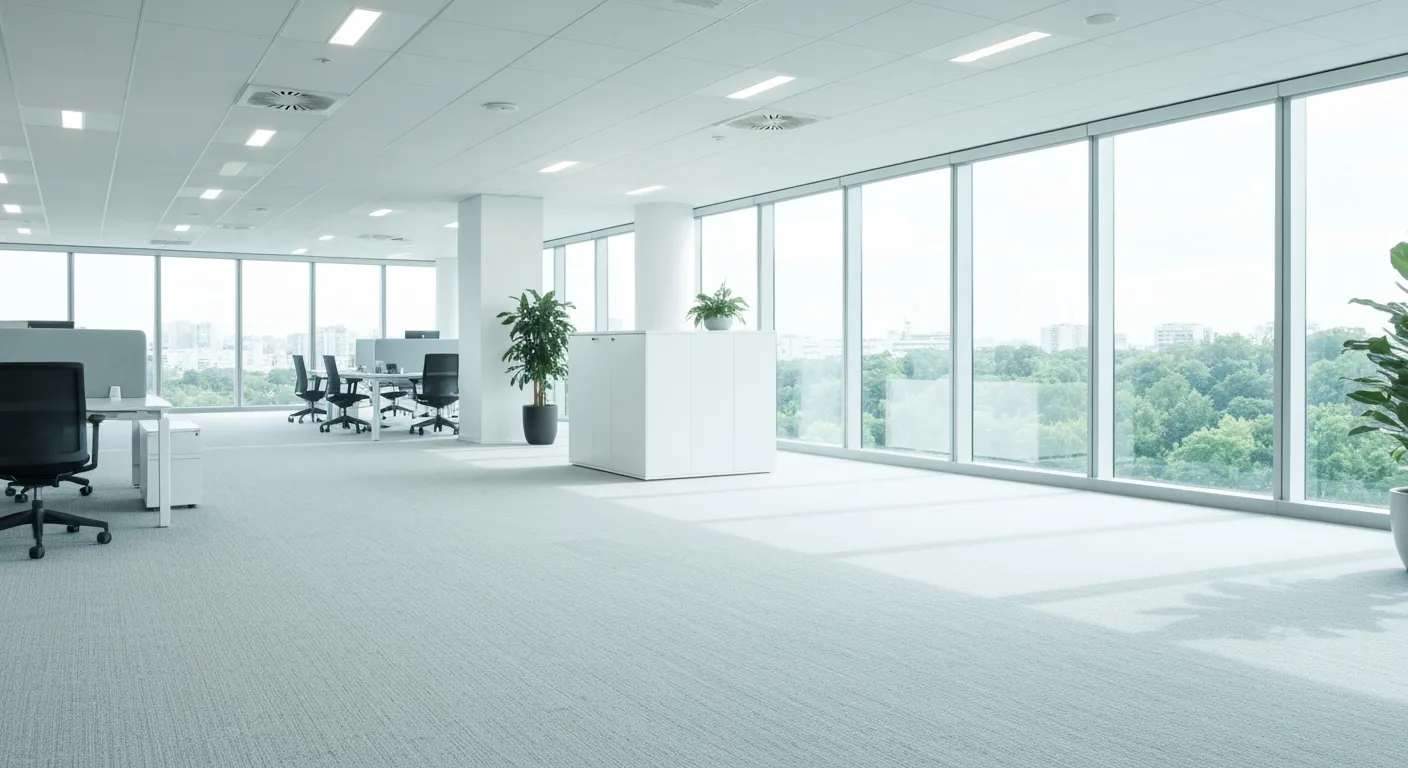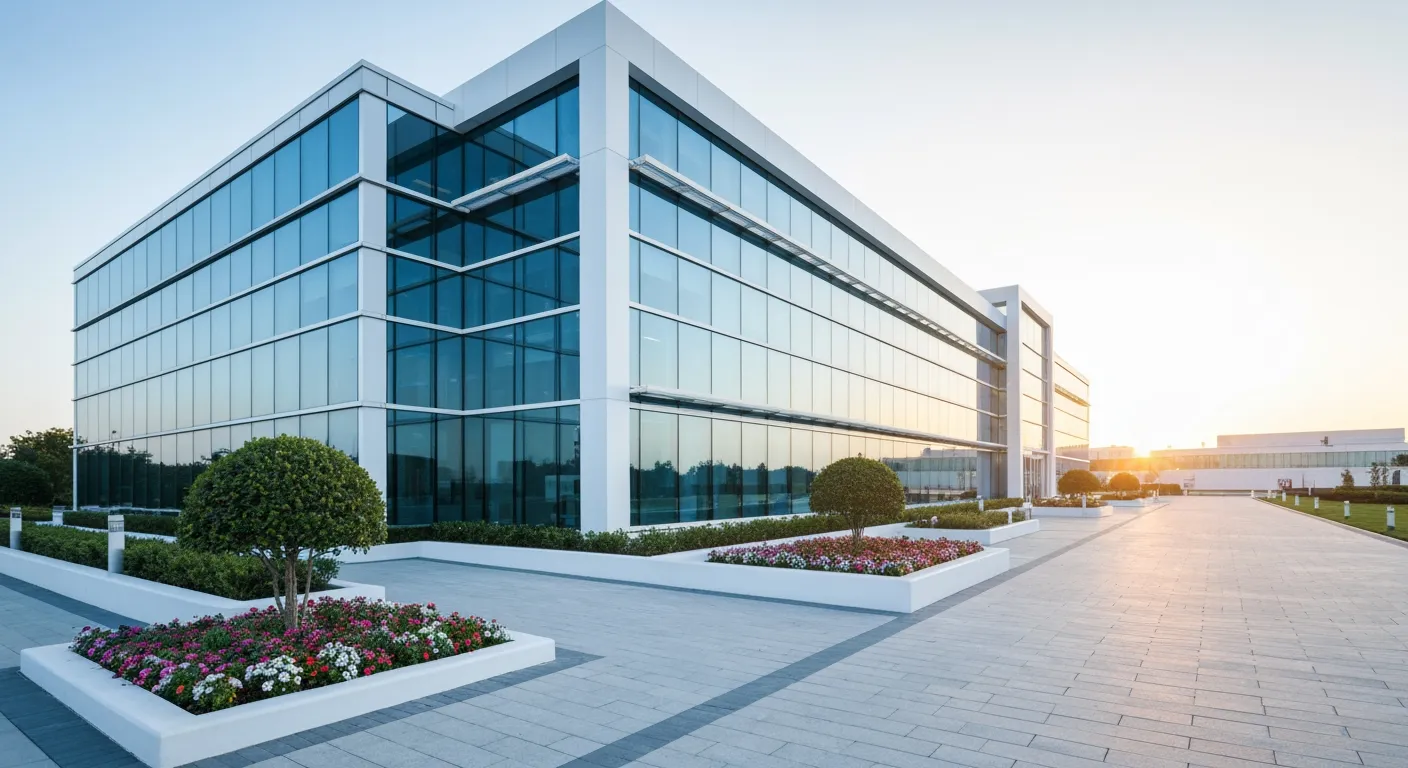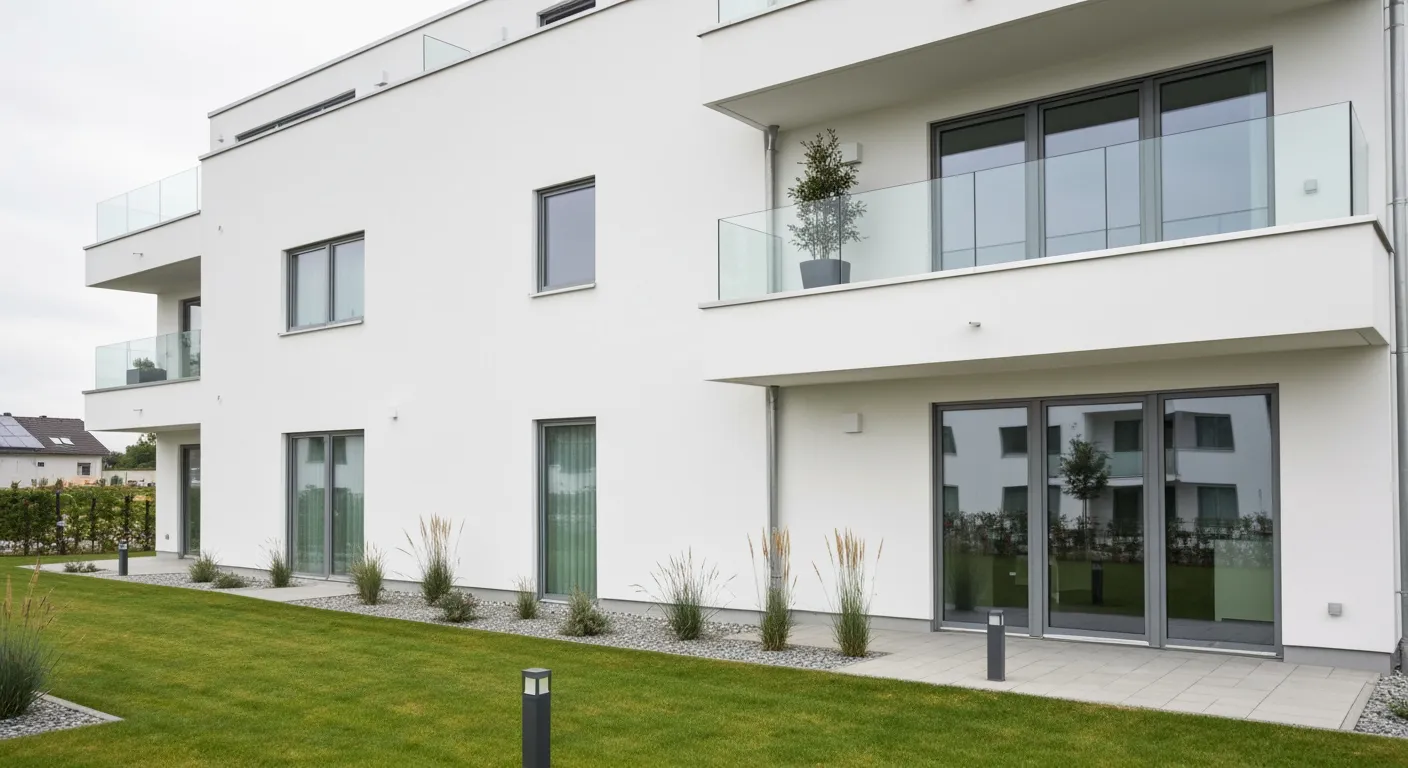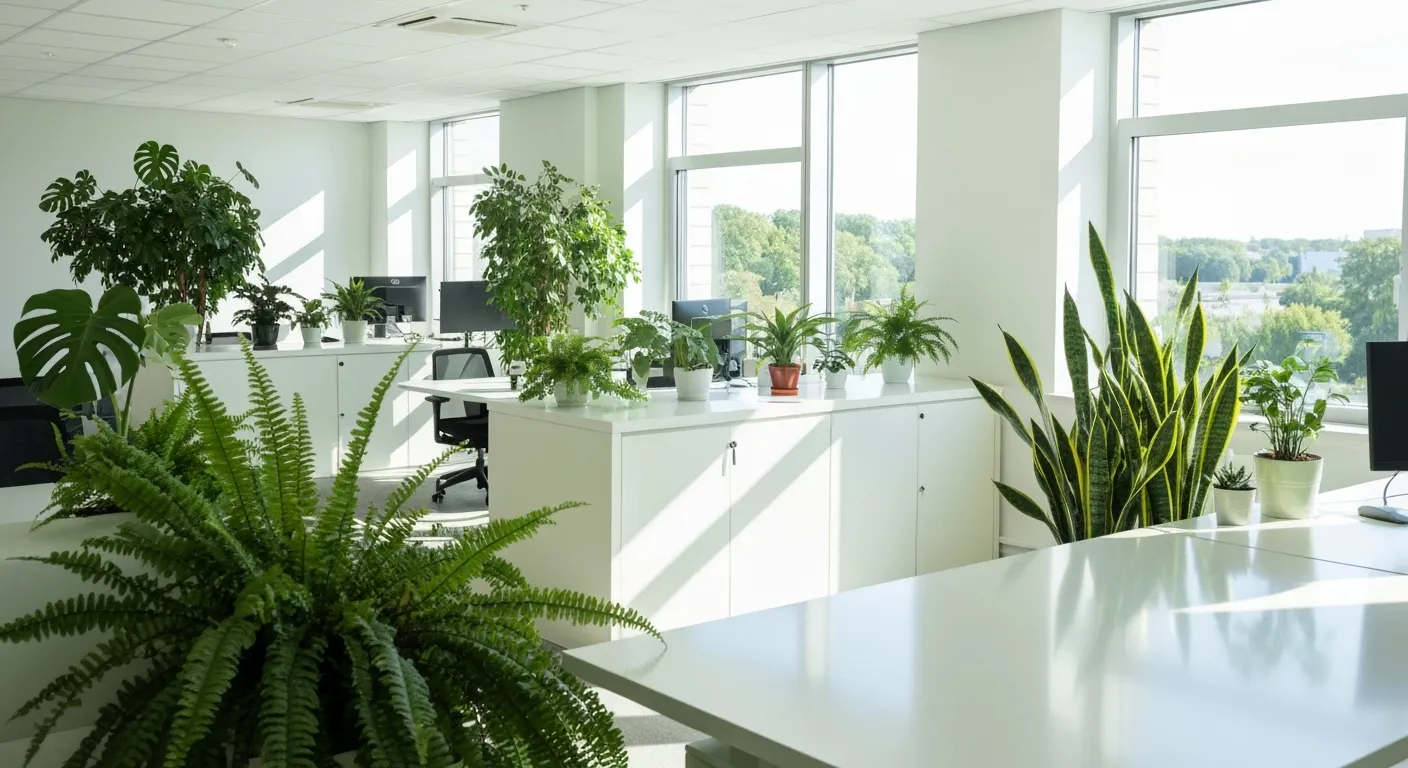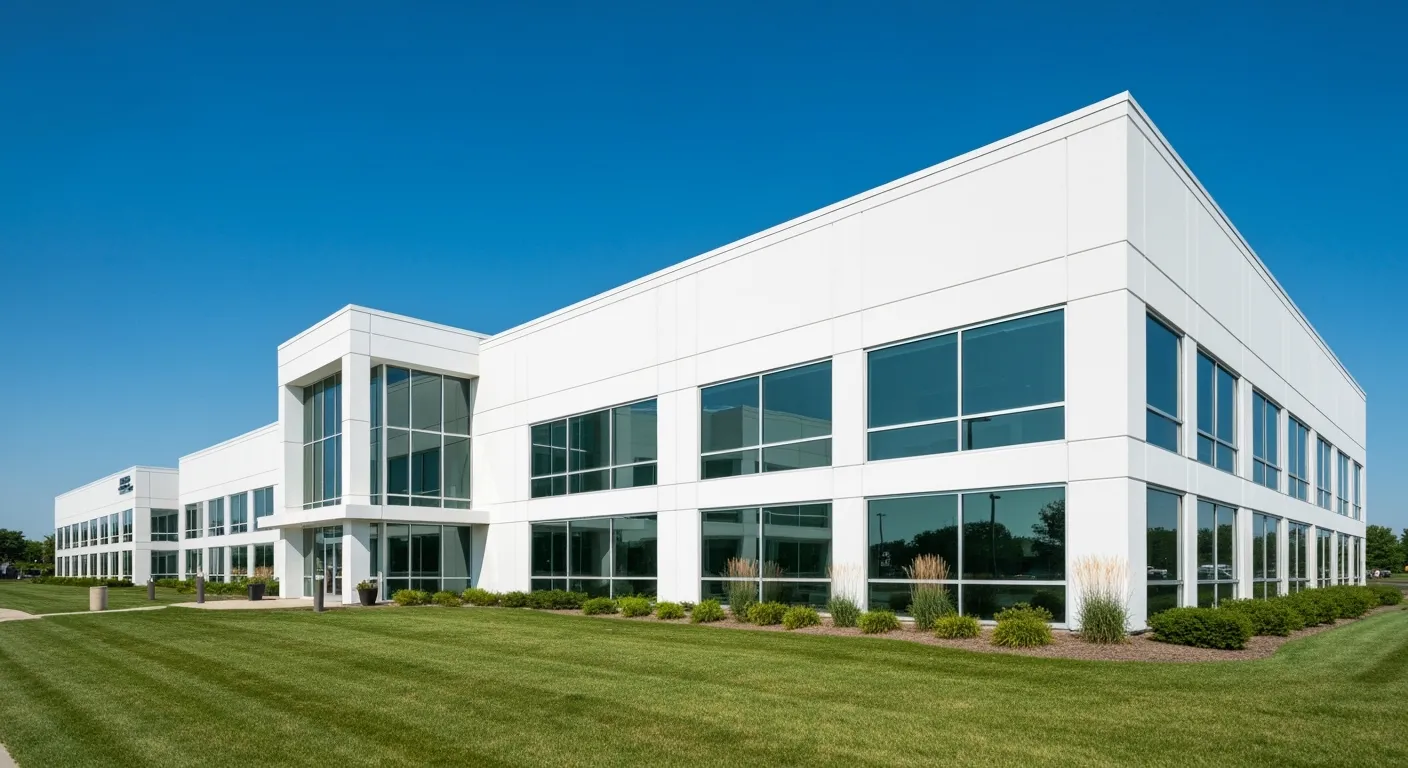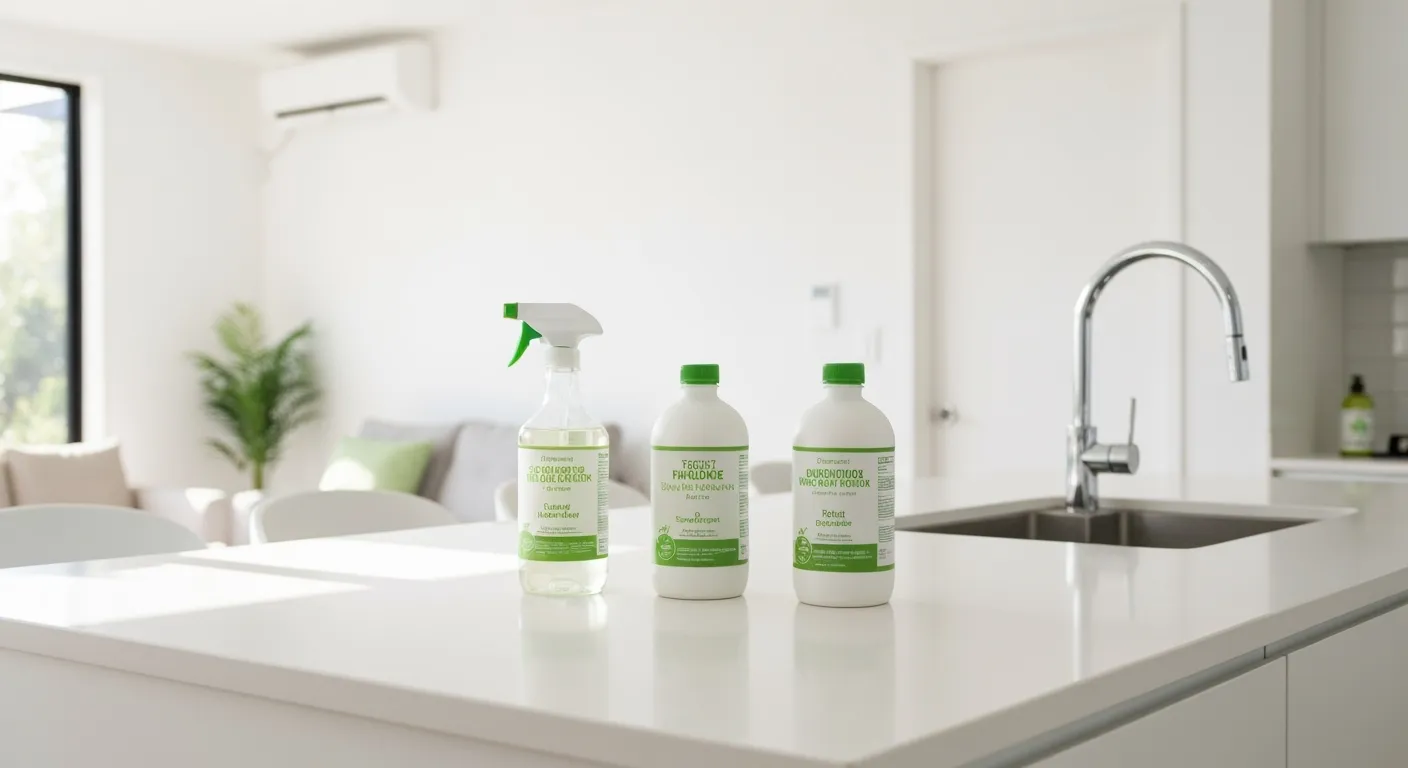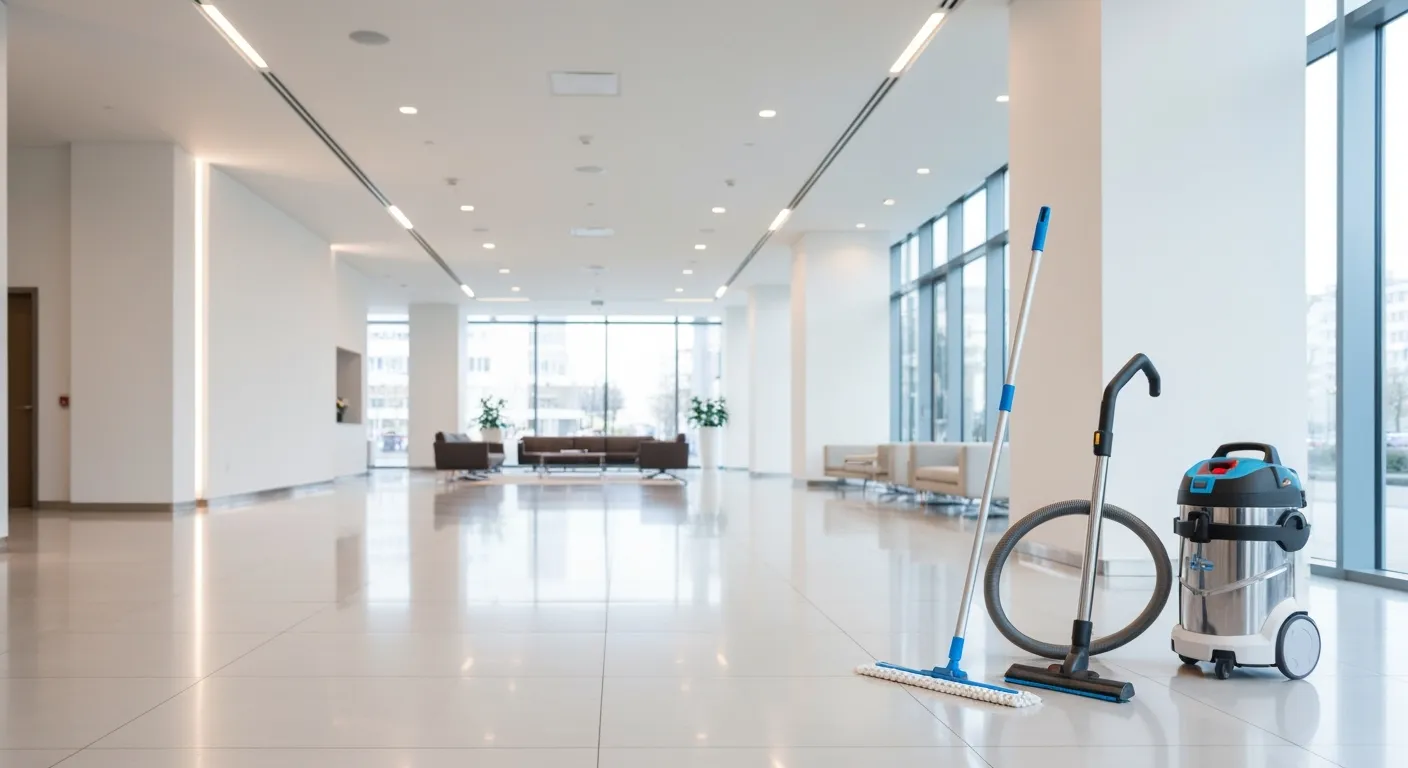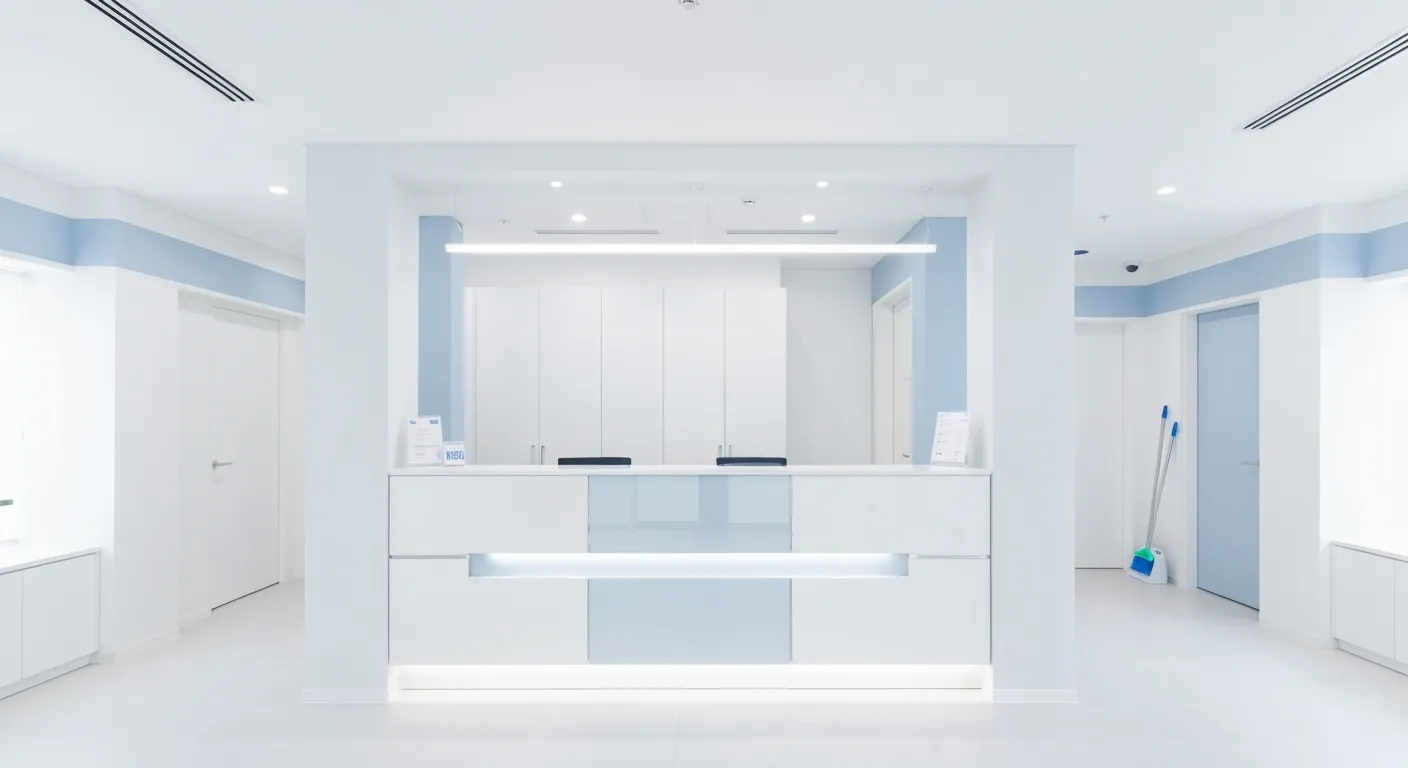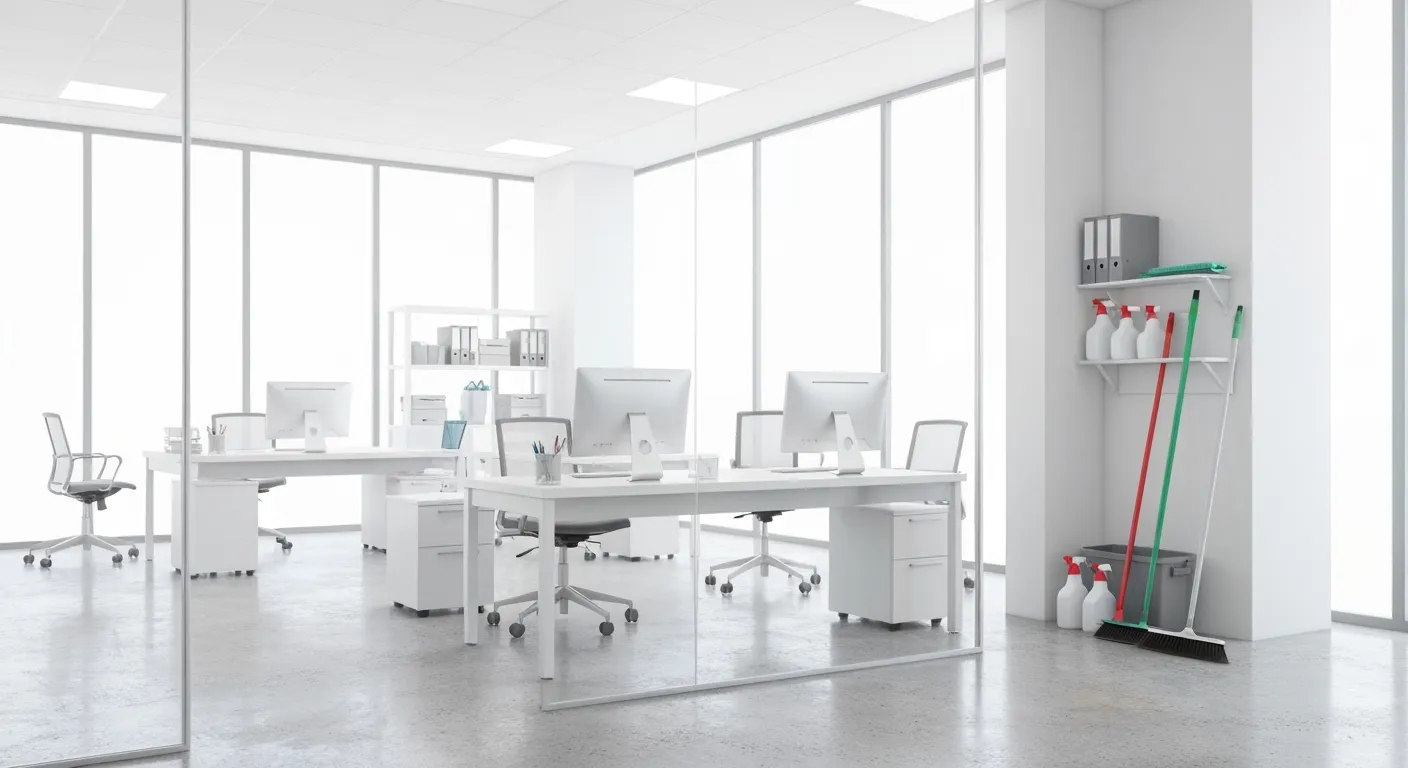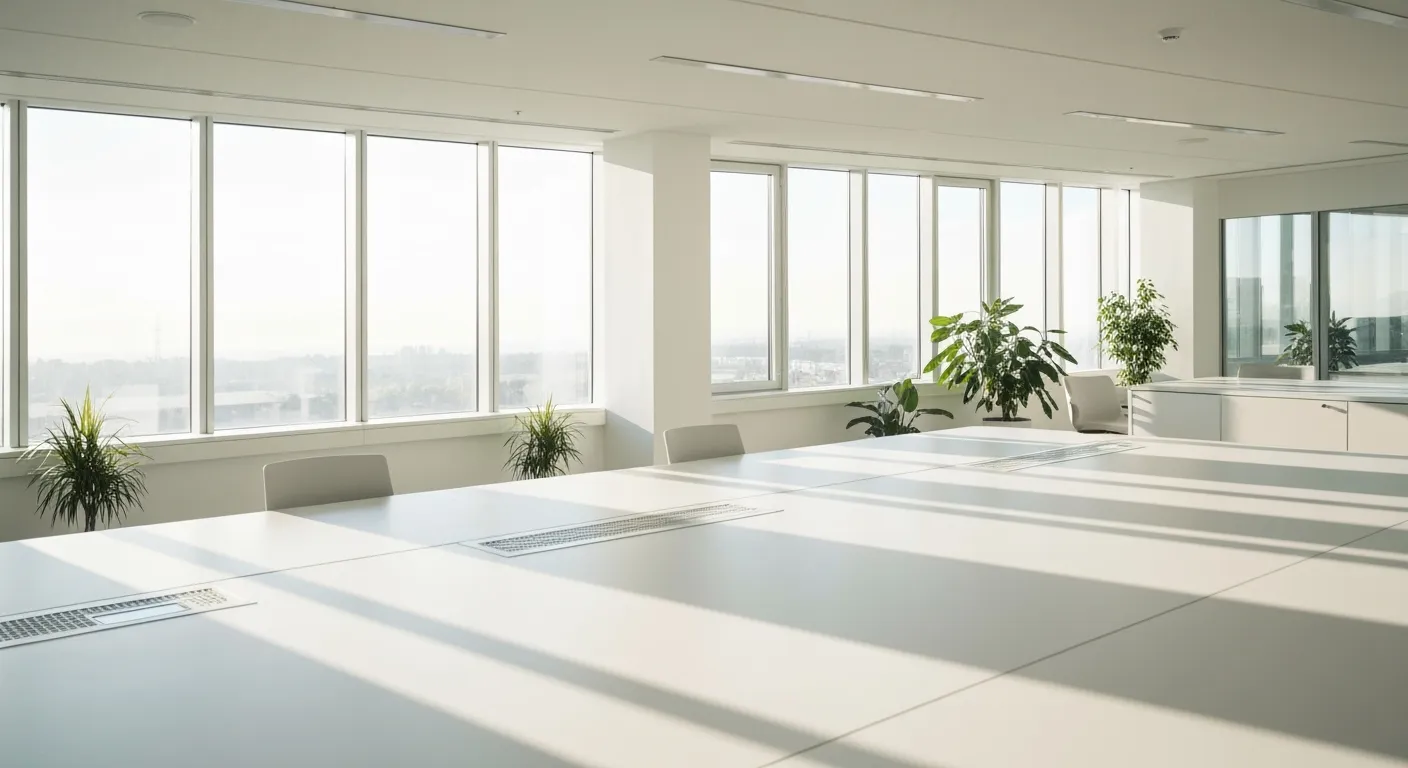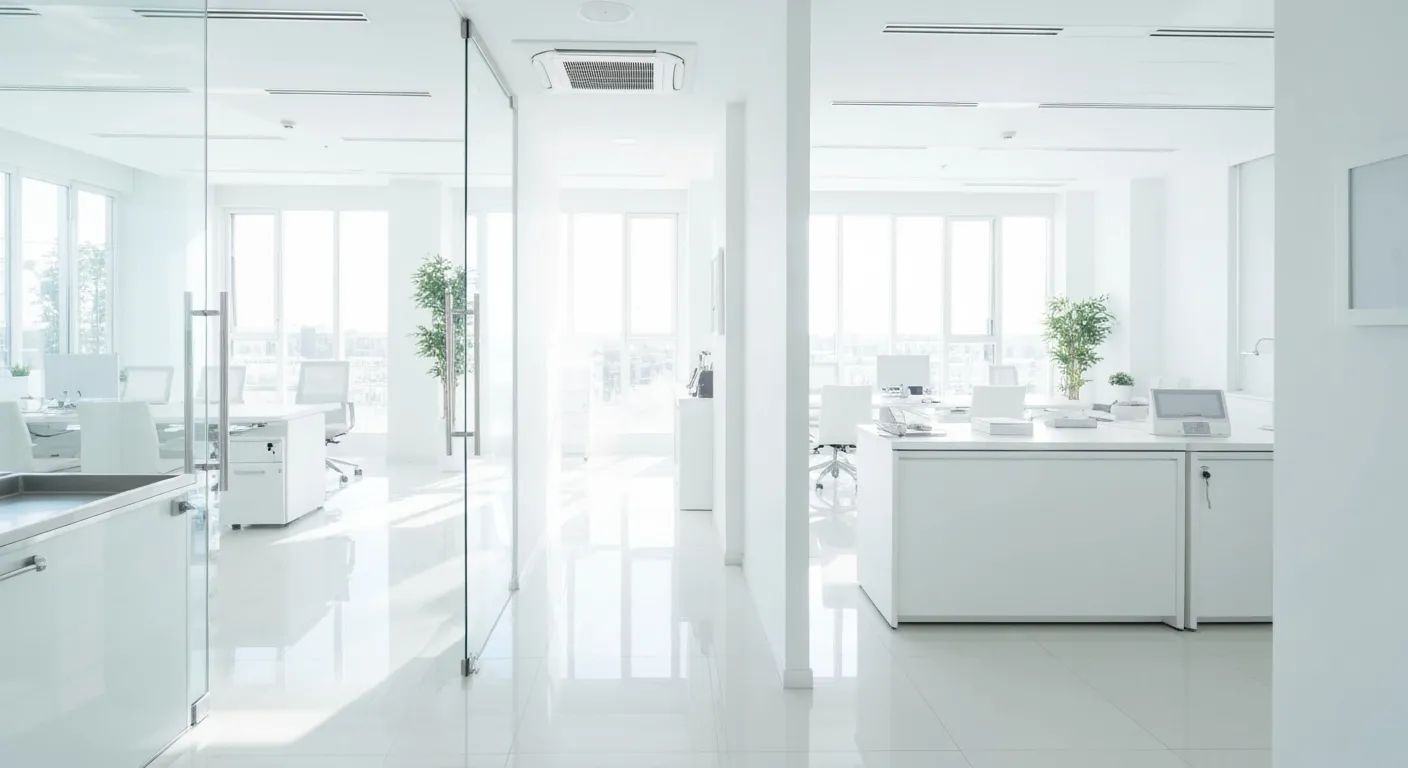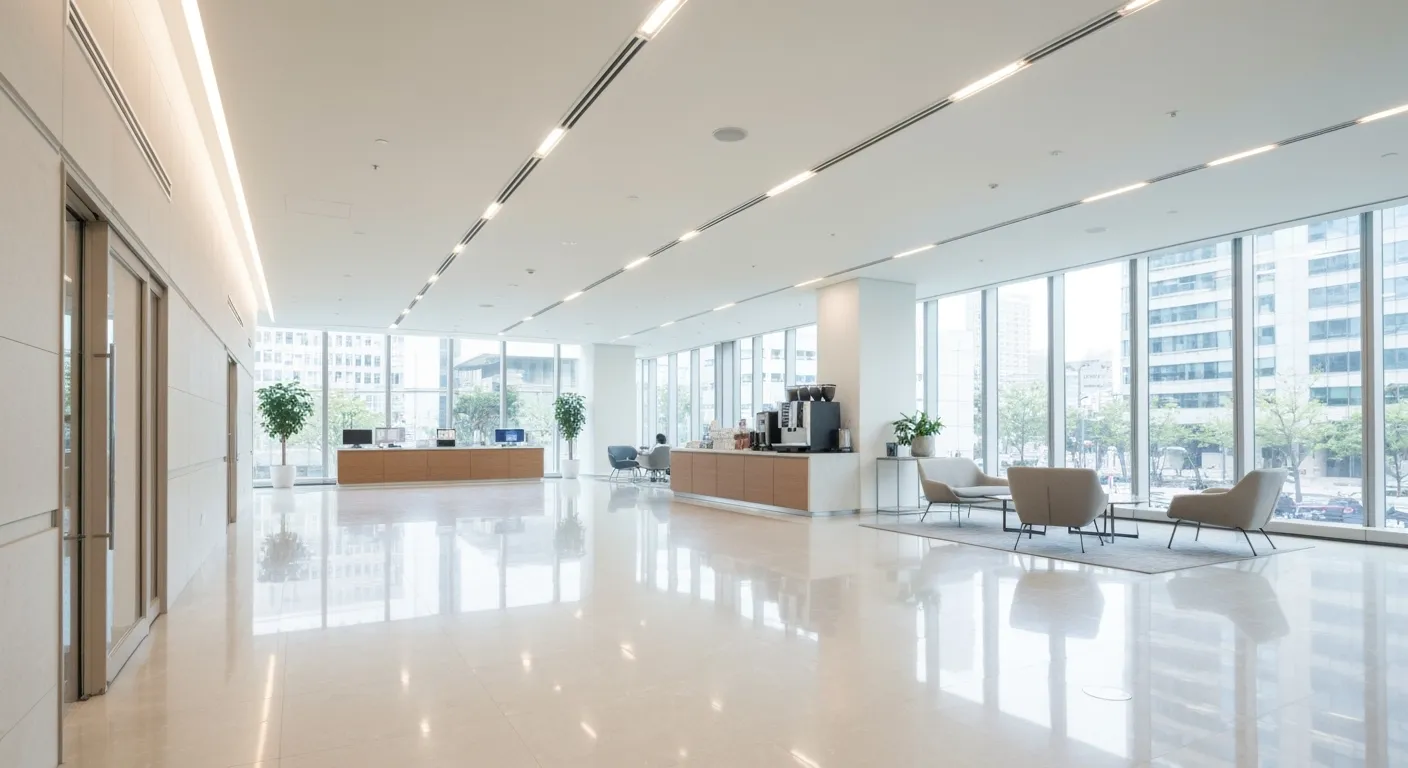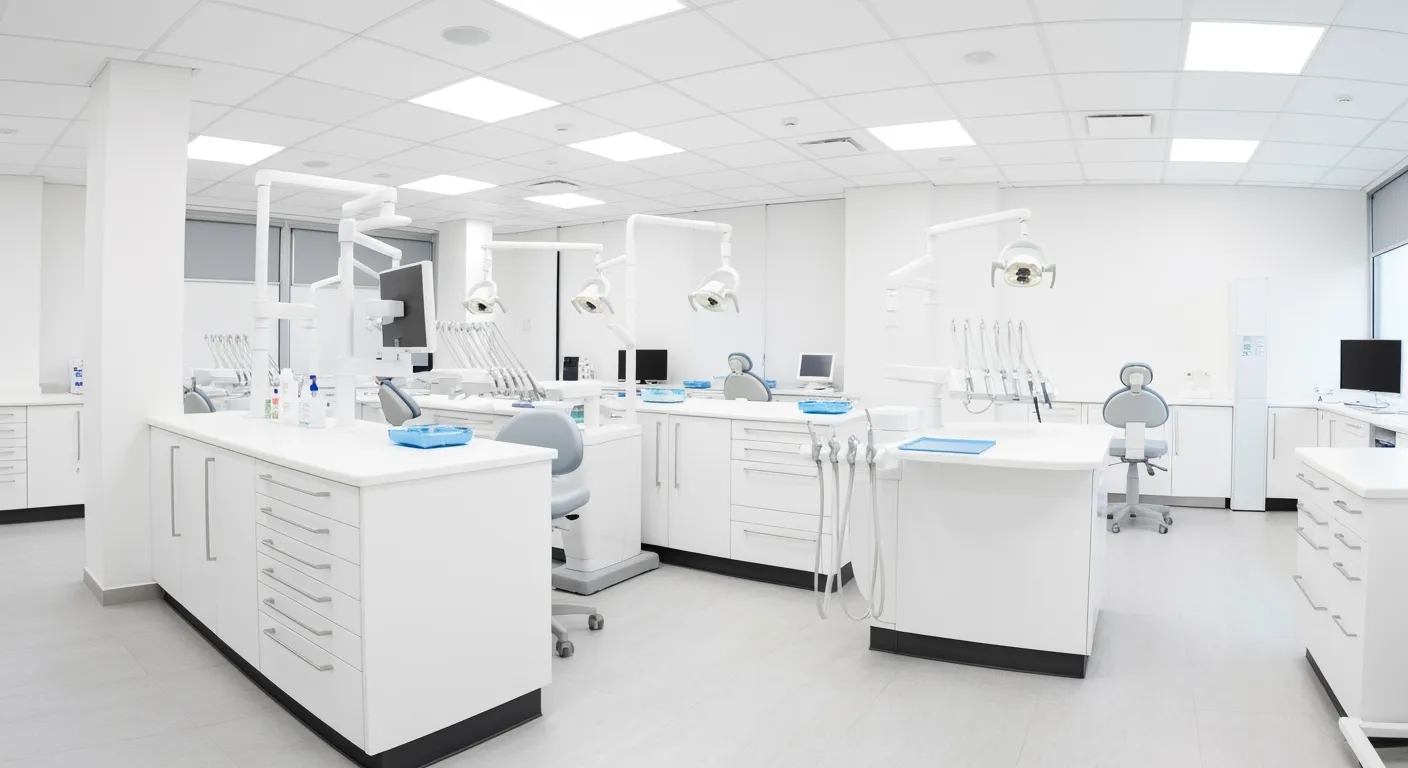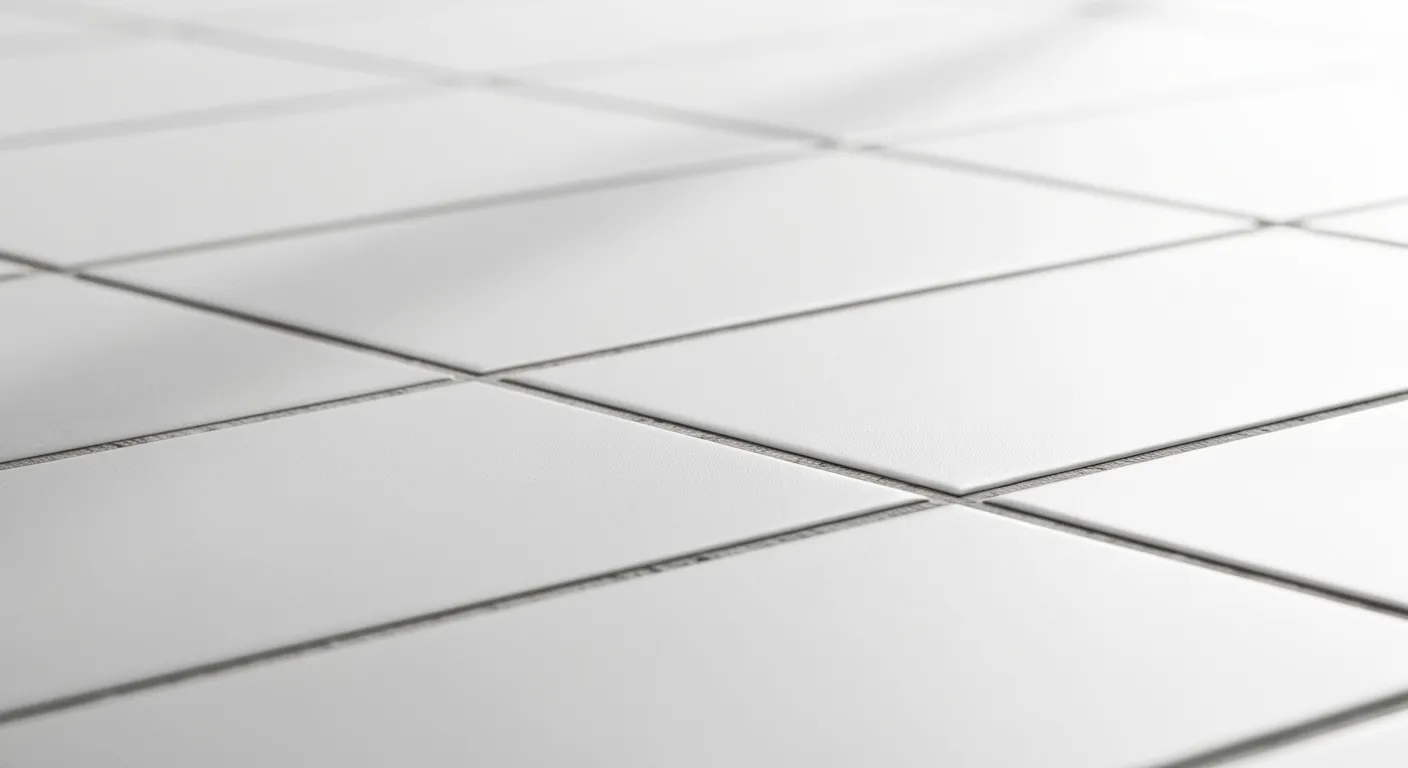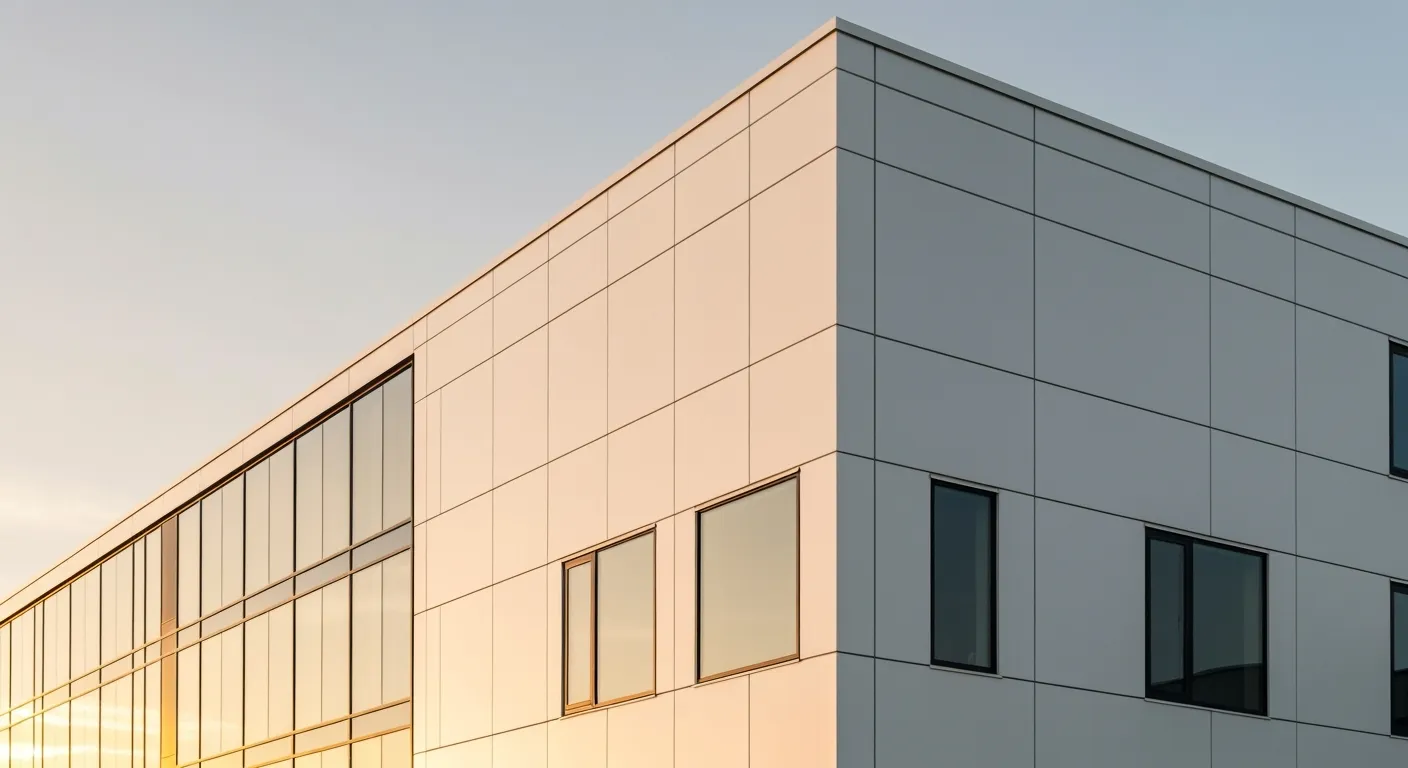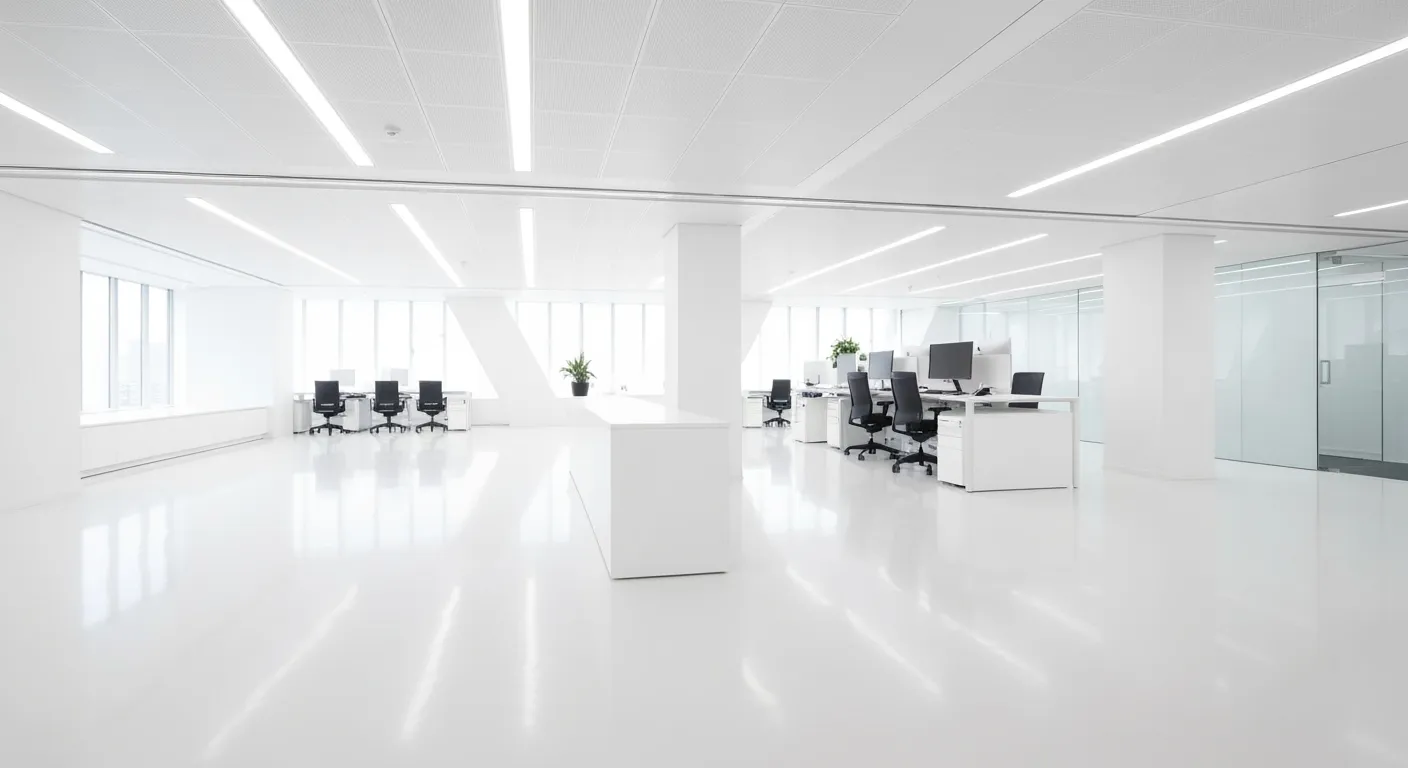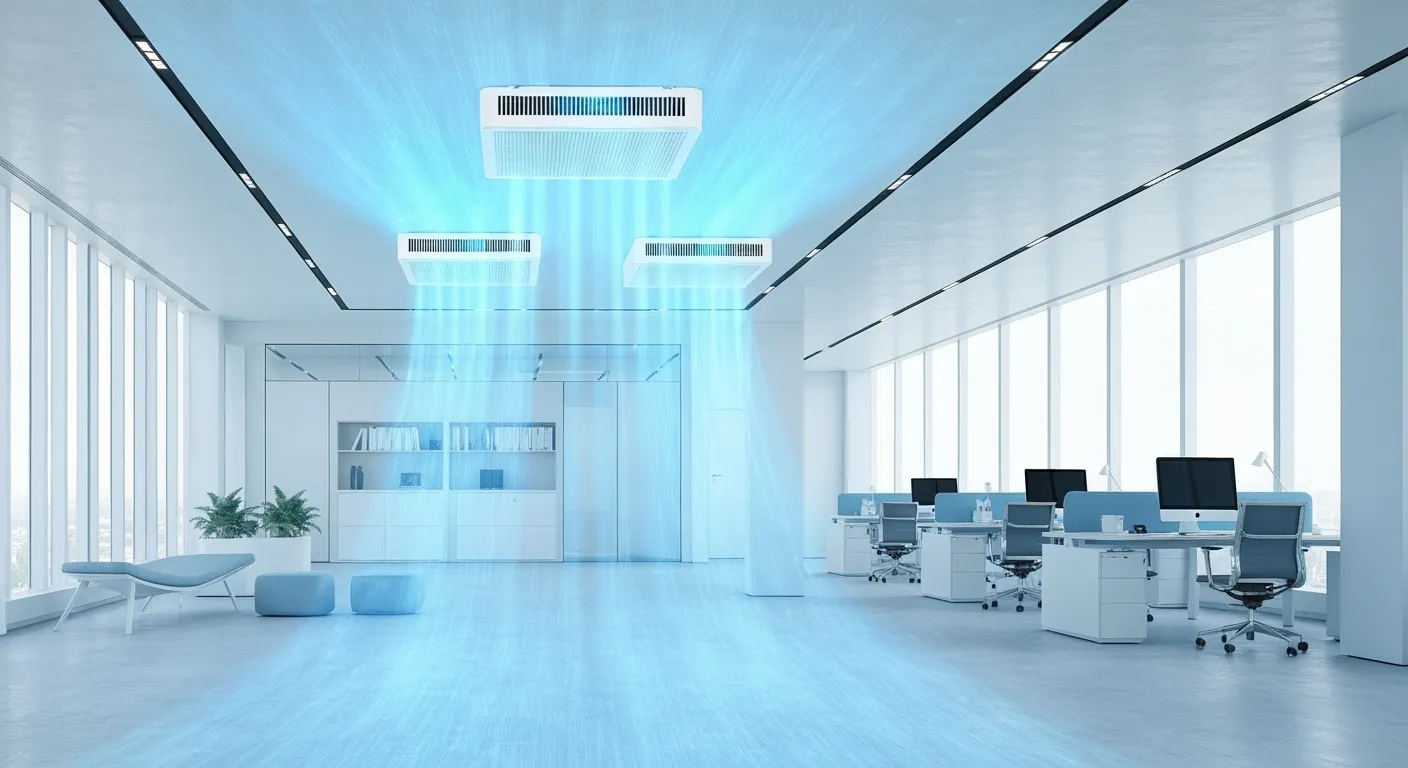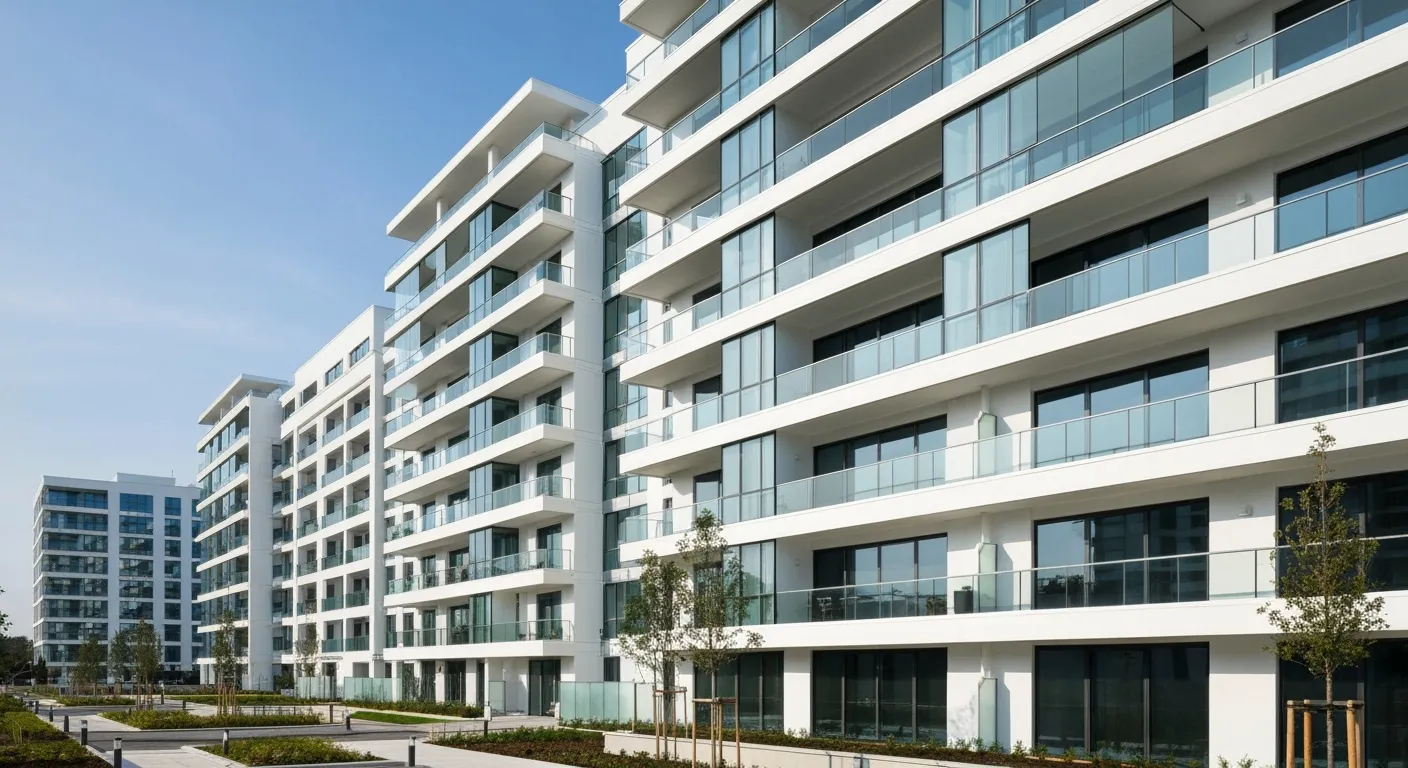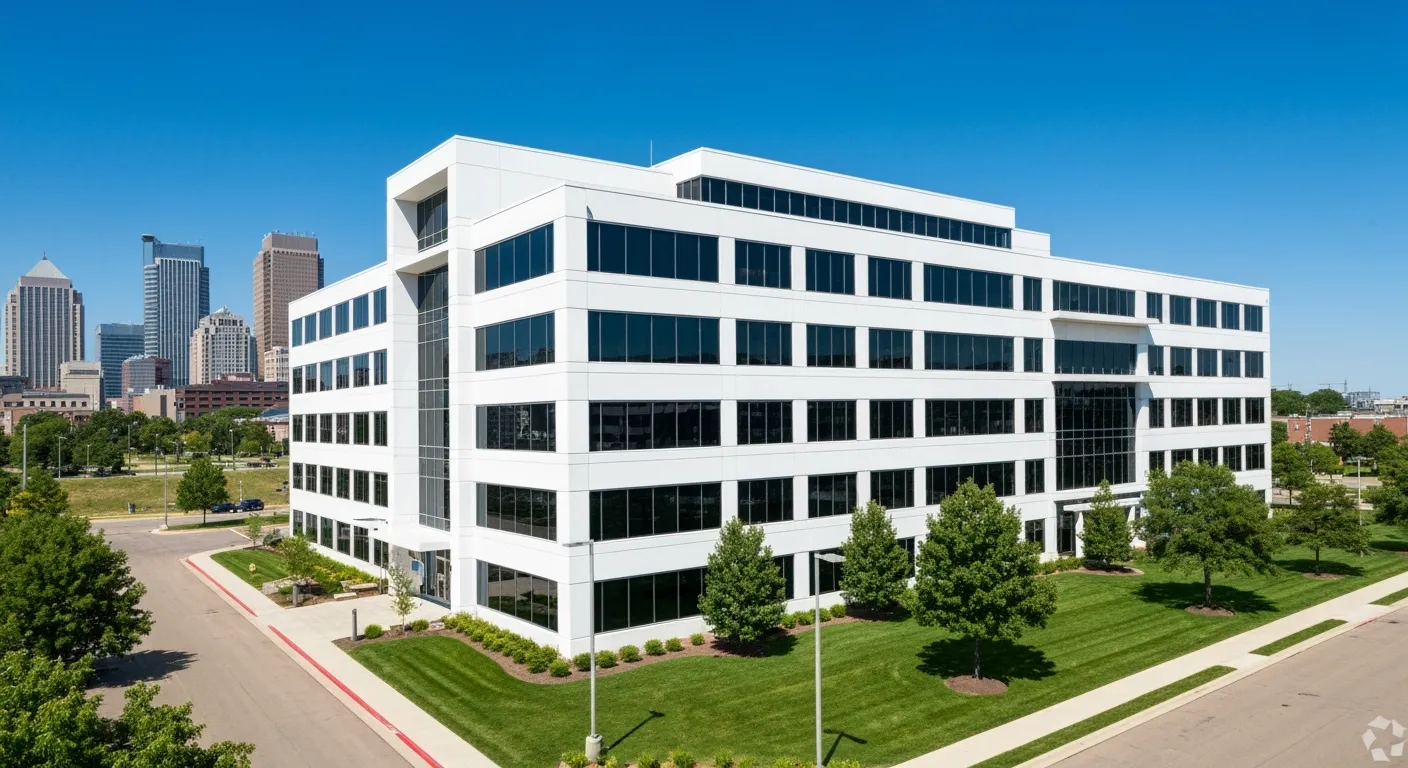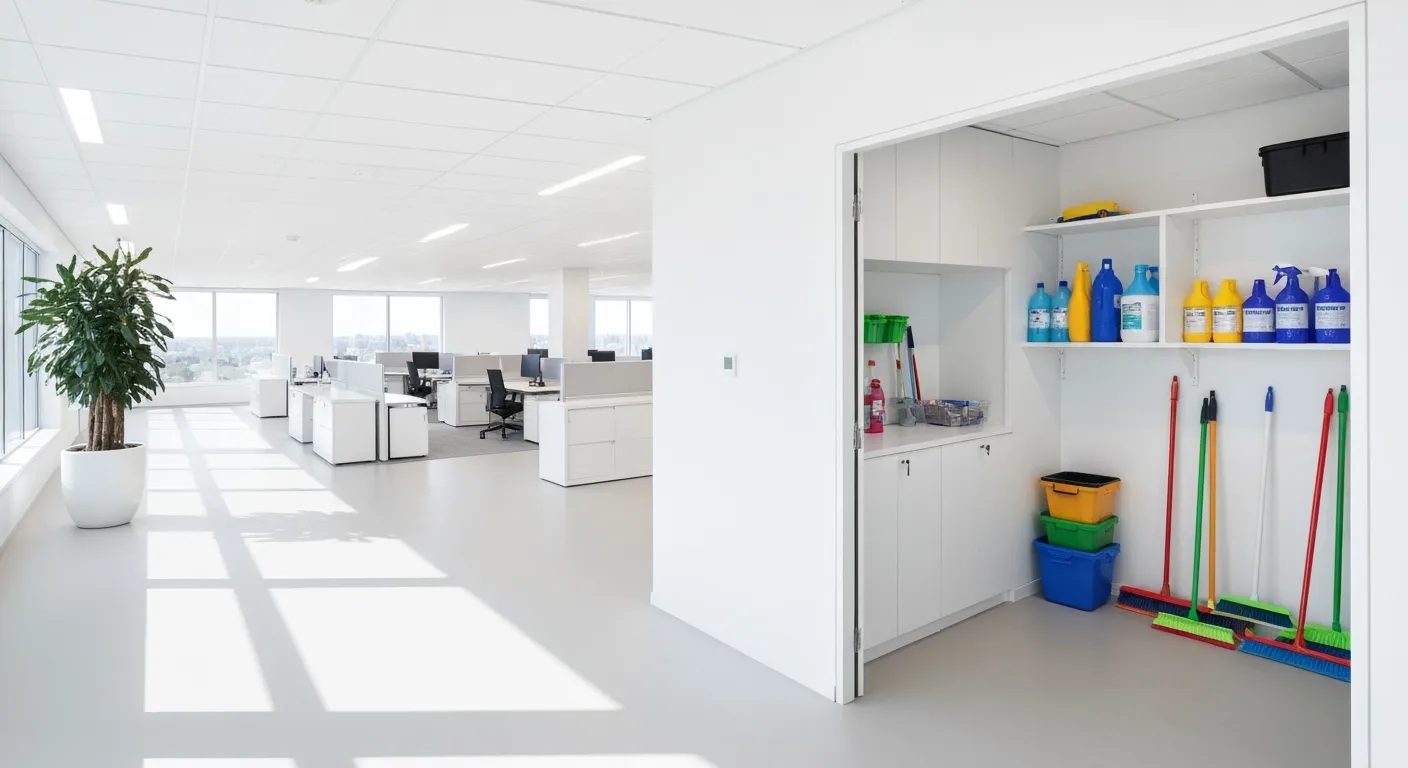Why Parking Garage Cleaning Matters in Residential Buildings
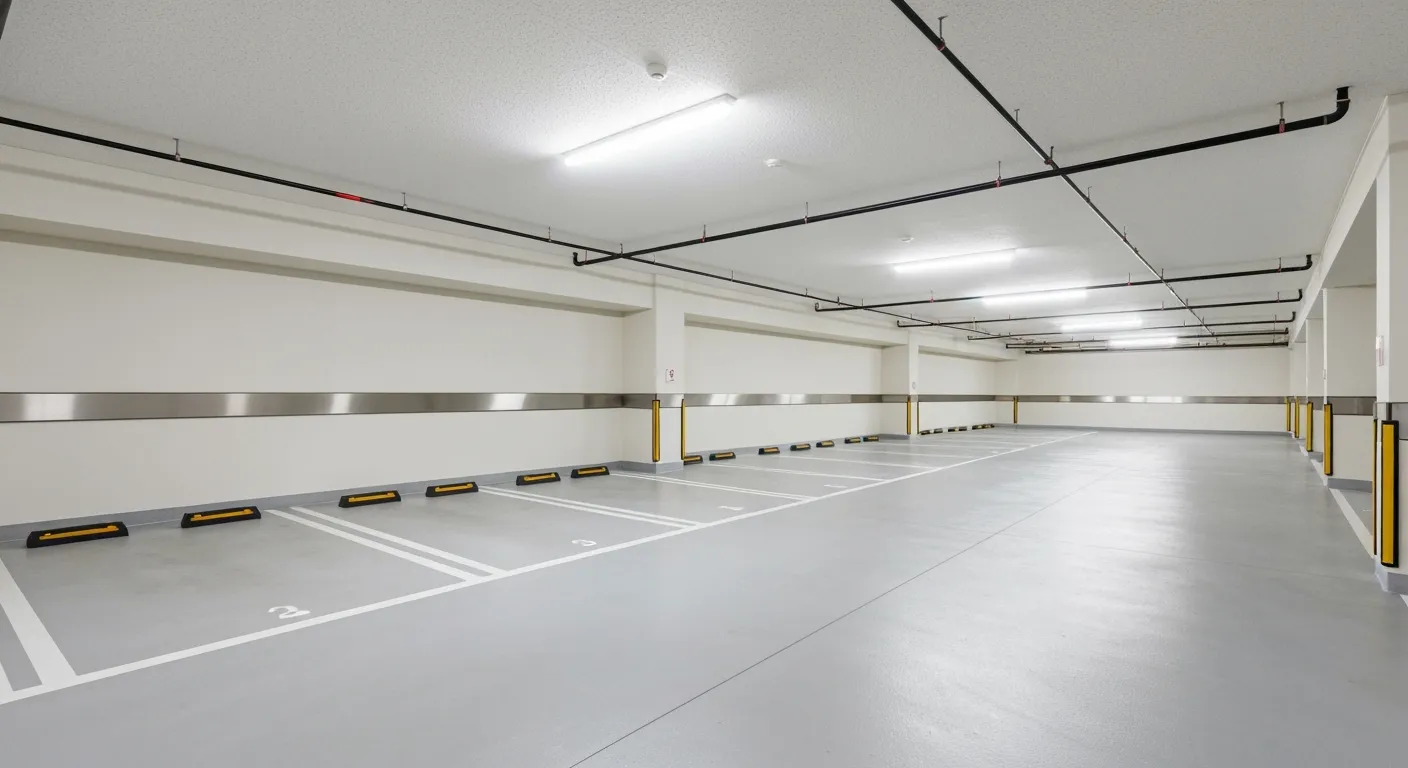
The Critical Role of Cleaning in Residential Parking Garages
Parking garages in residential buildings are often overlooked spaces, yet their upkeep is vital for safety, longevity, and resident satisfaction. Cleaning these garages goes beyond mere aesthetics; it is a crucial aspect that preserves infrastructure, ensures regulatory compliance, and promotes a healthy environment. This article explores why parking garage cleaning matters in residential settings, examining its benefits, best practices, safety protocols, and the advantages of professional services.
Why Cleaning is Vital for Safety and Structural Integrity in Residential Parking Garages

Maintaining cleanliness in residential parking garages is essential for ensuring safety benefits of parking garage cleaning and protecting infrastructure. Regular cleaning helps eliminate hazards such as oil slicks, debris, and trash that can cause slips, trips, and falls, thereby reducing the risk of accidents.
Beyond safety, cleaning plays a crucial role in preserving the parking garage maintenance essentials. Substances like de-icing salts, oil fluids, and vehicle exhaust residues can accumulate, leading to corrosion and chloride buildup of concrete and steel components. Over time, this buildup can weaken the structure, cause cracking, or even lead to delamination, which compromises safety and reduces lifespan.
Early detection of damage is another important benefit of routine cleaning. Pressure washing benefits and inspections can reveal early signs of issues, including cracks, rust, or corrosion, that require timely repairs before they deteriorate further. This proactive approach minimizes costly restoration work in the future.
Aesthetic appeal and curb appeal is also enhanced through consistent cleaning. A tidy, well-maintained garage creates a positive first impression for residents and visitors, reflecting a sense of care and professionalism.
In addition to safety and appearance, regular cleaning helps mitigate liability risks. Clean environments reduce the likelihood of accidents that could result in legal compliance in parking garage maintenance or insurance claims. Overall, a comprehensive cleaning schedule sustains the safety, integrity, and value of residential parking structures, providing a secure and welcoming environment for all users.
Key Benefits of Regular Parking Garage Cleaning
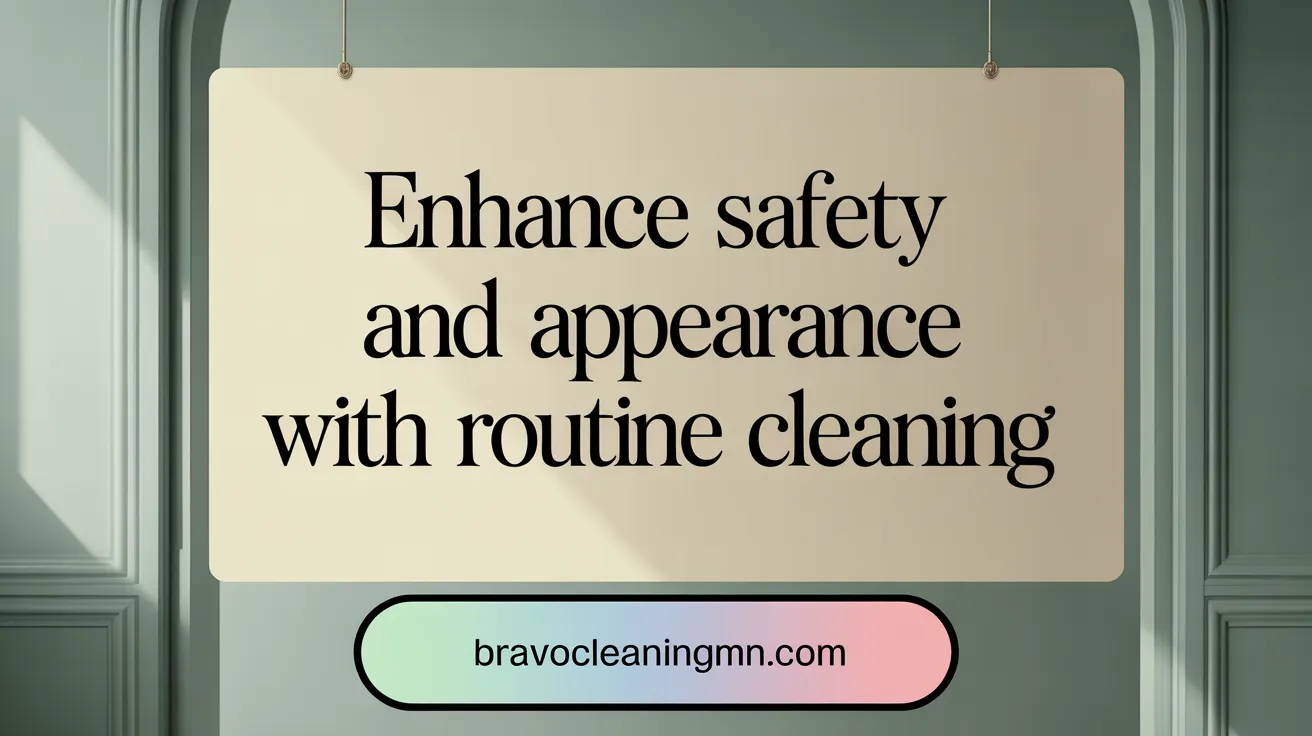
Regularly cleaning a parking garage provides numerous advantages that contribute to safety, longevity, and overall appeal. One of the primary benefits is enhancing safety by removing hazards such as oil slicks, debris, and obstructed lighting. This reduces the risk of slips, trips, and falls for both pedestrians and drivers, creating a safer environment for everyone.
Maintaining cleanliness also plays a vital role in preserving the structural integrity of the garage. Contaminants like de-icing salts, oil, and vehicle exhaust residues can lead to corrosion, cracking, and deterioration of concrete and steel components. Regular cleaning prevents chloride buildup from salts, which can cause serious safety risks and costly repairs if left unaddressed.
Beyond safety and durability, cleanliness significantly improves the look and feel of the facility. A tidy, well-maintained environment creates a positive first impression for visitors and tenants, boosting customer confidence and satisfaction. This enhances a professional and inviting atmosphere that can reflect favorably on the property owner or management.
Furthermore, routine cleaning and maintenance extend the lifespan of parking infrastructure and surfaces. By catching early signs of damage such as cracks or corrosion, it allows for early repairs, reducing long-term costs associated with major repairs or structural replacement.
Environmental responsibility is also supported through eco-friendly cleaning practices like wastewater recovery, which helps prevent pollution and adheres to regulations. This not only shows a commitment to sustainability but also ensures compliance with environmental standards.
In summary, consistent parking garage cleaning improves safety, maintains structural health, boosts aesthetic appeal, saves costs, supports the environment, and helps meet regulatory requirements. Regular upkeep, tailored to climate conditions and traffic levels, safeguards your investment and promotes a safer, more welcoming space for all users.
Industry Standards, Safety Protocols, and Environmental Considerations
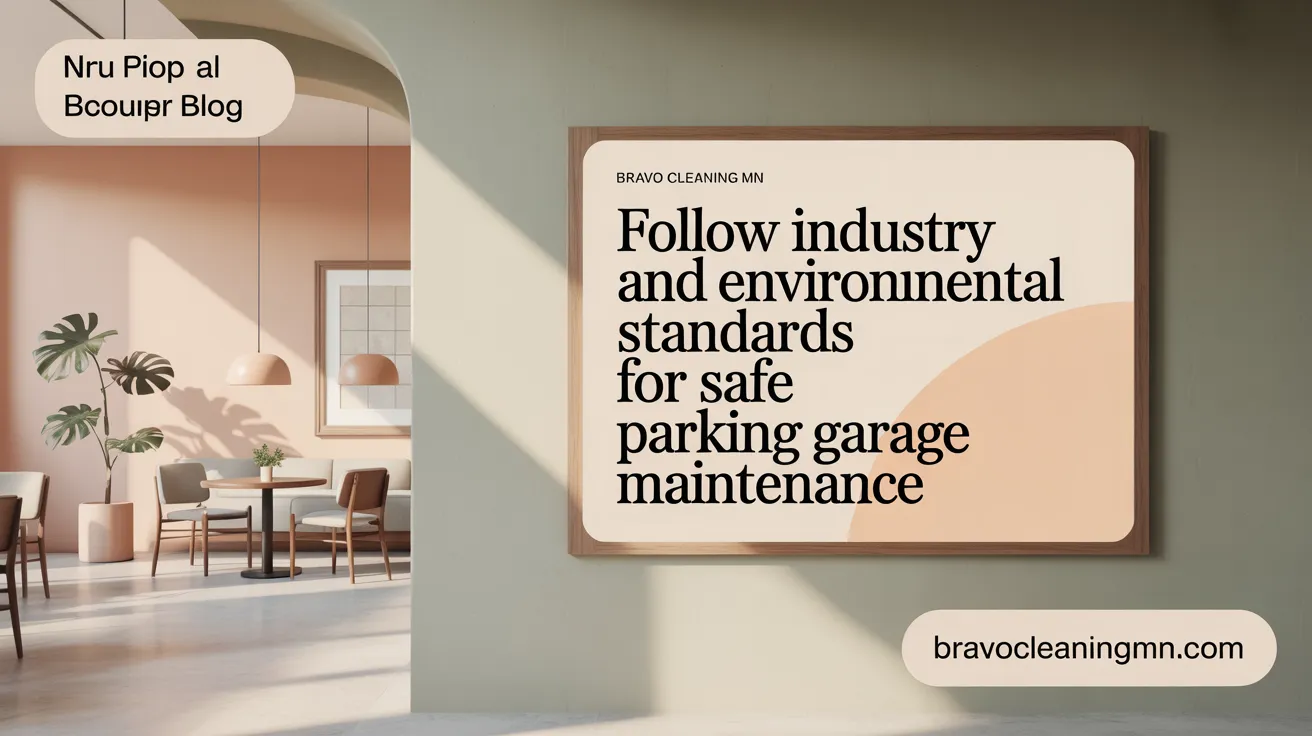
What industry standards and safety protocols govern parking garage cleaning?
Parking garage cleaning is guided by strict safety protocols in parking garage maintenance and environmental regulations to ensure effective service without compromising safety or ecological health. Industry guidelines primarily stem from OSHA (Occupational Safety and Health Administration), which mandates proper safety measures for workers. These include the use of personal protective equipment (PPE) such as gloves, masks, and eye protection, especially when handling chemicals or operating high-pressure equipment.
Environmental regulations play a crucial role in parking garage maintenance. Professionals must follow laws like the EPA’s Clean Water Act compliance, which emphasizes water reclamation practices to prevent pollutants from entering local waterways. Using eco-friendly cleaning solutions and recycling water helps meet these standards.
Pre-service risk assessments are essential before initiating cleaning tasks. These assessments evaluate potential hazards like slippery surfaces, electrical issues, or structural vulnerabilities. Scheduling cleaning during low-traffic hours minimizes disruptions and enhances safety for both workers and users.
Clear signage is vital for hazard mitigation. Warning signs alert pedestrians and drivers about ongoing cleaning activities, wet floors, or restricted areas, reducing slips and falls. Proper lighting and barriers further help in guiding safe navigation around work zones (Safety measures in parking garage cleaning).
Pollution prevention measures include the use of environmentally safe detergents and containment systems to control runoff. Regular maintenance of drainage systems, such as slot drains, prevents blockages and flooding, thereby protecting both the structure and the environment.
By adhering to these standards and protocols, service providers ensure that parking garage cleaning is thorough, safe, and environmentally responsible, ultimately extending the lifespan and maintaining the safety of parking facilities (Parking Garage Maintenance Guide).
Best Practices, Techniques, and Equipment for Effective Cleaning and Maintenance
What are the proper techniques and best practices for cleaning and maintaining parking garages?
Effective parking garage maintenance involves a well-organized approach that prioritizes safety, durability, and environmental responsibility. Regularly scheduled cleaning routines using specialized equipment like pressure washers and ride-on scrubbers are crucial to removing stubborn stains, accumulated grease, and de-icing salts that can weaken concrete and steel reinforcements, as detailed in the Parking Garage Maintenance Guide.
During cleaning, it’s essential to conduct routine inspections to identify early signs of damage, such as cracks, corrosion, or water leaks. Prompt repairs prevent minor issues from escalating into costly structural repairs, a key point from Importance of Parking Garage Maintenance.
Safety protocols should be strictly followed, including the use of environmentally friendly cleaning agents, proper signage, and adequate lighting to ensure a safe environment for workers and users. Maintaining a functional drainage system through regular flushing and inspection prevents water buildup, which could cause flooding and structural degradation—essential advice from Safety Protocols in Parking Garage Maintenance.
Sealing cracks and applying protective coatings help preserve the integrity of the surface against corrosive agents like chloride salts. Consistent upkeep of lighting, signage, and security enhances user safety and convenience, fostering a positive experience, as explained in Parking Garage Cleaning Checklist.
In summary, a comprehensive maintenance plan combines effective cleaning techniques, structural inspections, environmentally conscious practices, and safety measures to extend the lifespan and ensure the safety and cleanliness of parking garages.
What equipment and tools are commonly used in parking garage cleaning, including pressure washing?
The backbone of thorough parking garage cleaning is high-quality equipment. Pressure washers or power washers are vital for removing tough grime, stains, and residues of oil, grease, and de-icing salts. These machines operate at up to 6000 psi, making them powerful yet safe when used correctly.
Floor scrubbers or automatic ride-on cleaning machines are used for large areas, providing deep cleaning of concrete surfaces and stubborn spots where manual scrubbing is inefficient, as noted in Parking Garage Cleaning.
Vacuum trucks and handheld vacuums are essential for collecting loose debris, dust, and heavier dirt particulates that sweeping alone might miss.
Manual tools such as brooms, push sweepers, and street sweepers are used for quick, broad debris removal before power washing. Blow-off equipment clears dust and light debris, improving the final cleaning quality.
Specialized tools also include eco-friendly cleaning agents compatible with pressure washing equipment, ensuring the cleaning process is both effective and sustainable. During winter, snow removal equipment and chemical de-icers help maintain safe access.
Leveraging this wide array of equipment ensures comprehensive cleaning and prolongs the structure’s lifespan while safeguarding occupant safety.
| Equipment/Tools | Purpose | Description |
|---|---|---|
| Pressure Washers | Deep cleaning | Operates at up to 6000 psi to remove grime and salts |
| Ride-on Scrubbers | Large area cleaning | Automated cleaning for floors and surfaces |
| Vacuums | Debris removal | Collects dust, dirt, and heavier residues |
| Sweepers | Surface debris removal | Manual, motorcycle, or street sweepers |
| Blow-off tools | Dust clearing | Used for quick removal of light debris |
| Eco-friendly detergents | Stain removal | Safer for environment and surfaces |
Adopting these best practices and using the right tools ensures your parking garage remains safe, clean, and structurally sound for years to come, following guidance from Benefits of Parking Garage Cleaning.
Maintenance Scheduling, Pest Control, and Advantages of Professional Cleaning Services
What maintenance schedules and checklists are recommended for parking garage upkeep?
A comprehensive parking garage maintenance plan incorporates daily debris removal, weekly inspections, and seasonal assessments. Daily tasks include sweeping floors, trash collection, and quick checks of safety equipment. Weekly activities involve power washing surfaces, cleaning drainage grates, and inspecting lighting and signage. Seasonally, attention should be given to weather-related challenges such as snow removal in winter, crack sealing and surface sealing during warmer months, and water leak inspections during rainy seasons. Regular evaluations of structural elements like concrete, reinforcement, and waterproofing systems are critical to prevent deterioration. Additionally, maintaining security features and ensuring compliance with safety standards supports overall operational safety and longevity. For detailed guidelines, see the Parking Garage Cleaning Checklist and Parking Garage Maintenance Guide.
In what ways does cleaning affect infrastructure preservation and pest control in parking garages?
Consistent cleaning significantly prolongs the lifespan of parking garage infrastructure by removing harmful substances such as salt, oil, and dirt that can accelerate deterioration. This process helps prevent corrosion of steel and concrete delamination, especially in underground facilities with limited ventilation. Proper cleaning also reduces pest allure by eliminating food particles, debris, and hiding spots, hence decreasing infestations of pests like rodents and insects. Removing spillages, nails, and sharp objects further prevents vehicle damage and injuries among pedestrians. Overall, routine cleaning not only safeguards structural integrity but also enhances safety and hygiene, making the environment less hospitable for pests. Learn more about Preventing Corrosion from Salt Buildup and Benefits of Clean Parking Garages.
What are the advantages of hiring professional parking garage cleaning services?
Engaging experienced cleaning providers ensures that the parking garage remains pristine, safe, and inviting. Professionals utilize advanced equipment such as high-pressure washers and eco-friendly detergents to efficiently remove tough stains, oil, and grime. Their expertise ensures thorough sanitation, including disinfecting high-touch areas, which improves hygiene and reduces germ transmission. Regular professional cleaning helps maintain structural integrity by identifying early signs of damage, such as cracks or corrosion, enabling timely repairs. Moreover, professional services support environmental sustainability through water reclamation and eco-conscious practices, while also enhancing visitor confidence and property value. Overall, hiring specialists offers a consistent, high-quality approach to maintaining a safe and durable parking facility. For more details, refer to Parking Garage Cleaning Services and How to Clean a Commercial Parking Garage.
What are the common hazards and safety considerations during parking garage cleaning?
Cleaning parking garages involves several safety challenges. Slips and falls are common hazards due to wet surfaces, oil slicks, and accumulated debris. The use of high-pressure water can also pose risks if not carefully managed. Electrical hazards may arise from faulty wiring or exposed outlets, increasing fire risk especially in neglected structures. The presence of hazardous chemicals requires careful handling and proper protective gear for staff. Environmental hazards include runoff of pollutants into stormwater systems, emphasizing the need for water reclamation and ventilation. To mitigate these risks, safety protocols such as using signage, PPE, safety barriers, and regular equipment maintenance are essential. Strict adherence to OSHA standards and environmental regulations ensures a safe, efficient cleaning process. Consult Safety Protocols in Parking Garage Maintenance and Parking Garage Cleaning Safety Tips for comprehensive safety measures.
Ensuring Longevity, Safety, and Satisfaction through Regular Cleaning
Maintaining a clean parking garage in residential buildings is not merely a cosmetic concern but a vital component of safety, infrastructure preservation, and overall resident satisfaction. By adhering to industry standards, employing proper techniques, and leveraging professional services, property managers can enhance safety, comply with environmental regulations, and protect their investment. A well-maintained garage offers a welcoming environment that supports pest control, reduces hazards, and extends the facility's lifespan, ultimately delivering value for residents and owners alike. Regular, thorough cleaning is an indispensable strategy for fostering secure, attractive, and enduring residential parking spaces.


